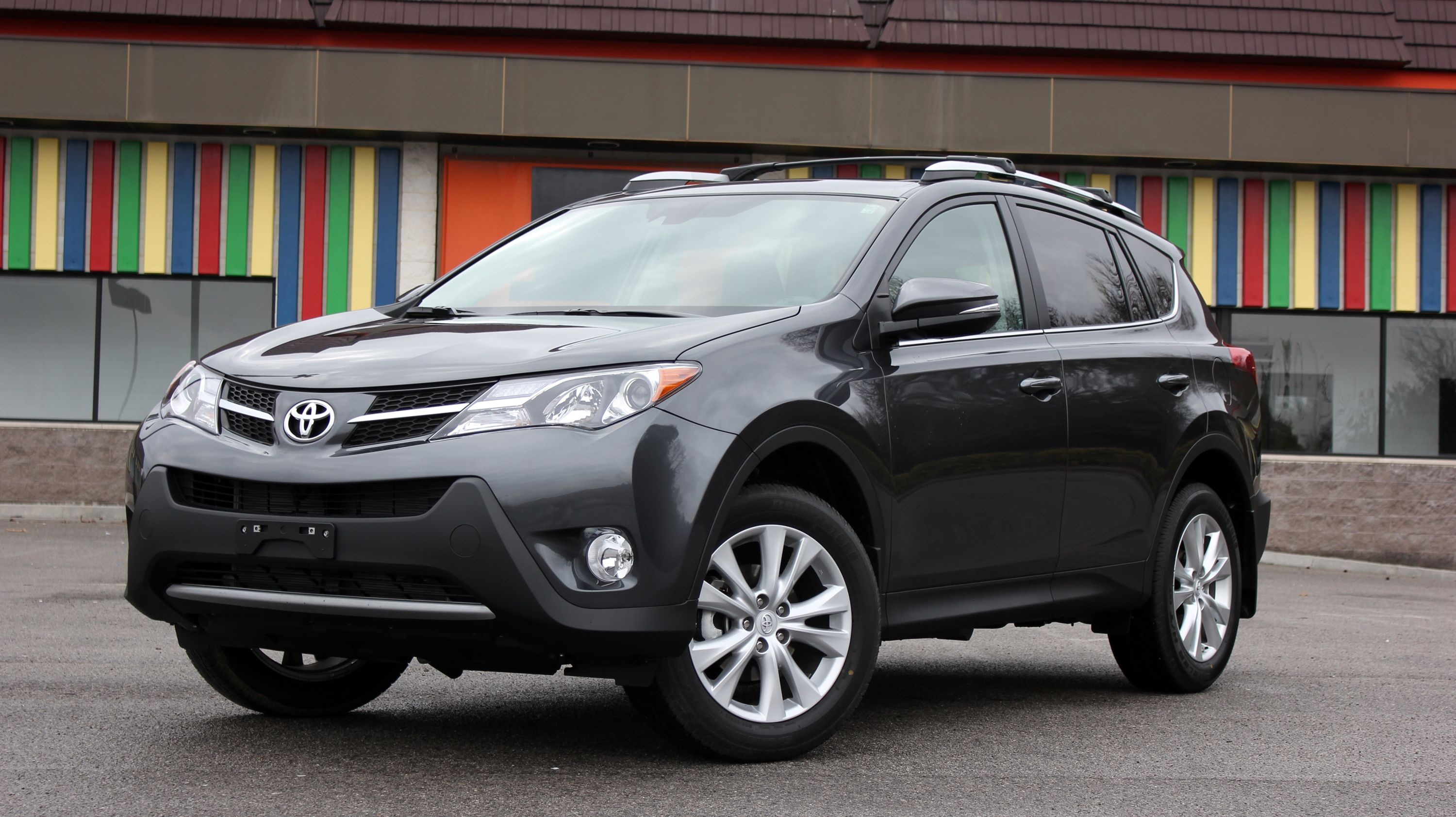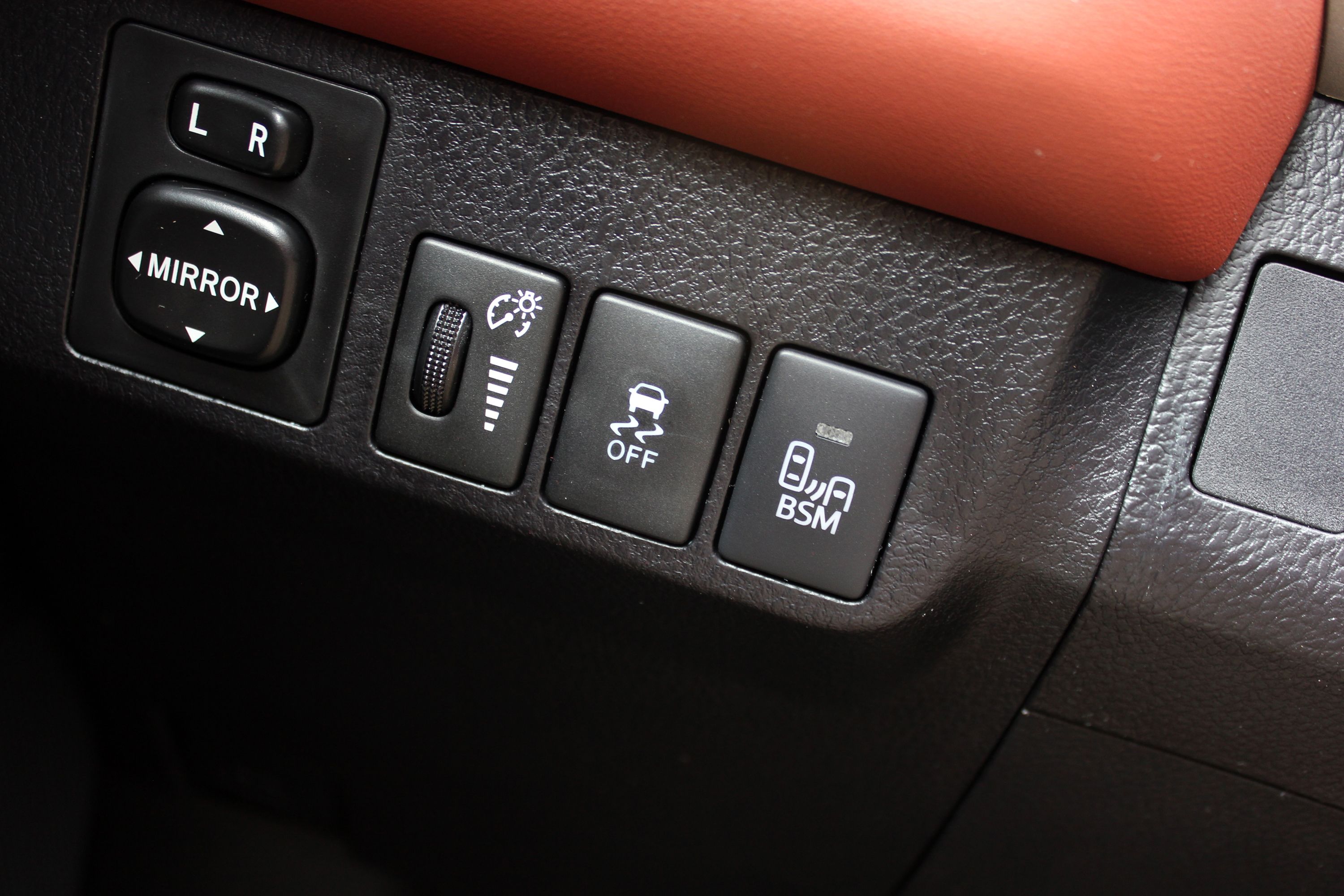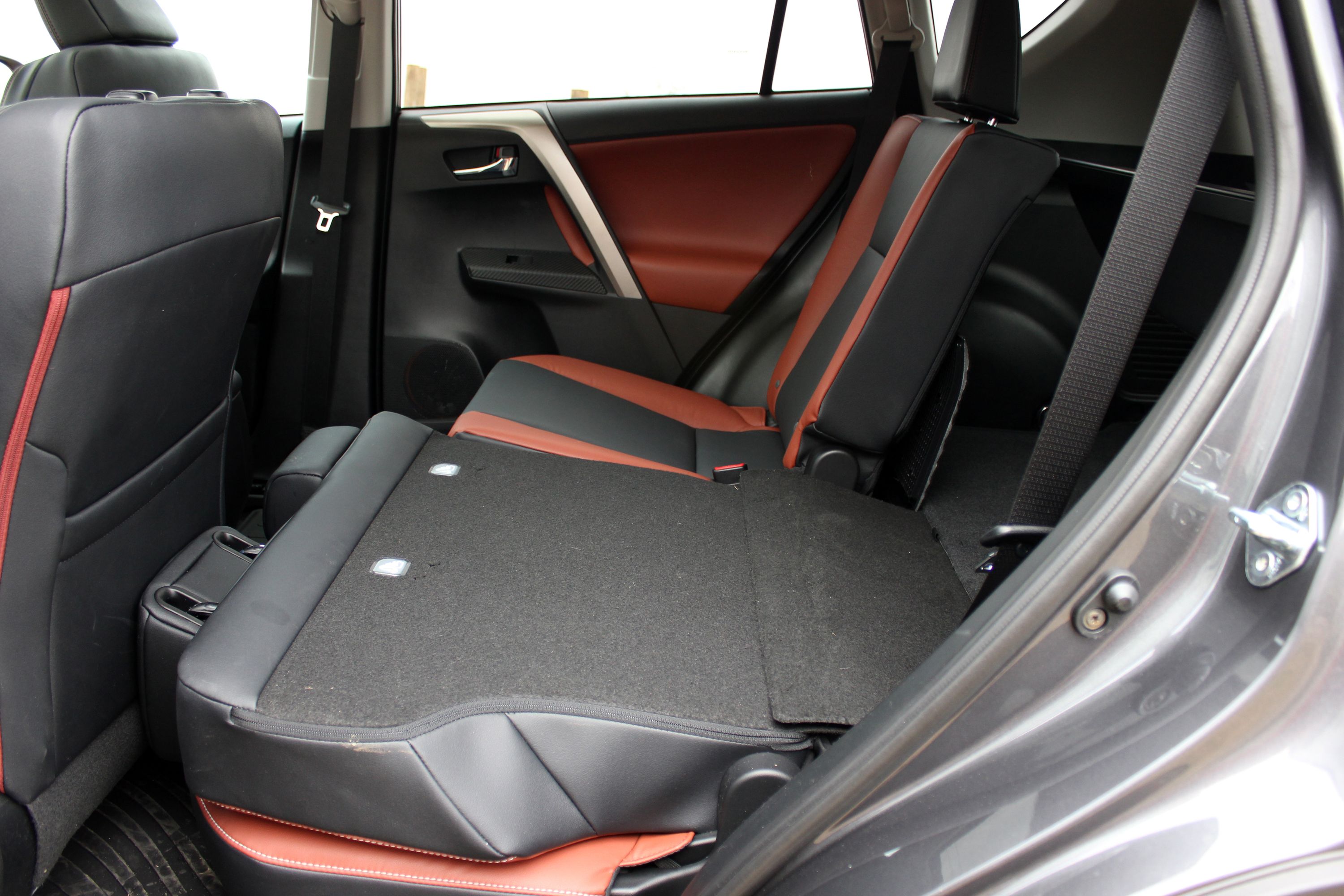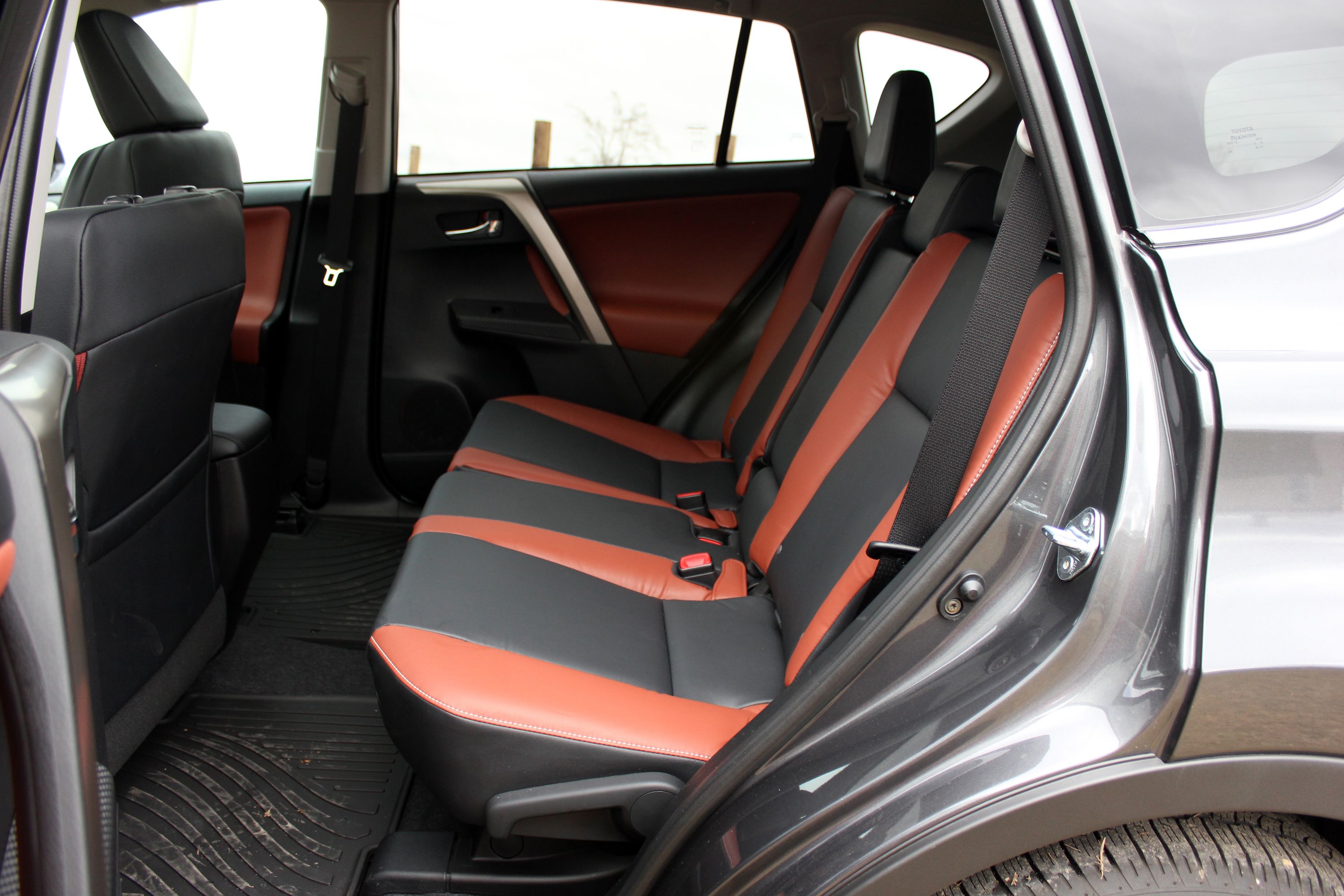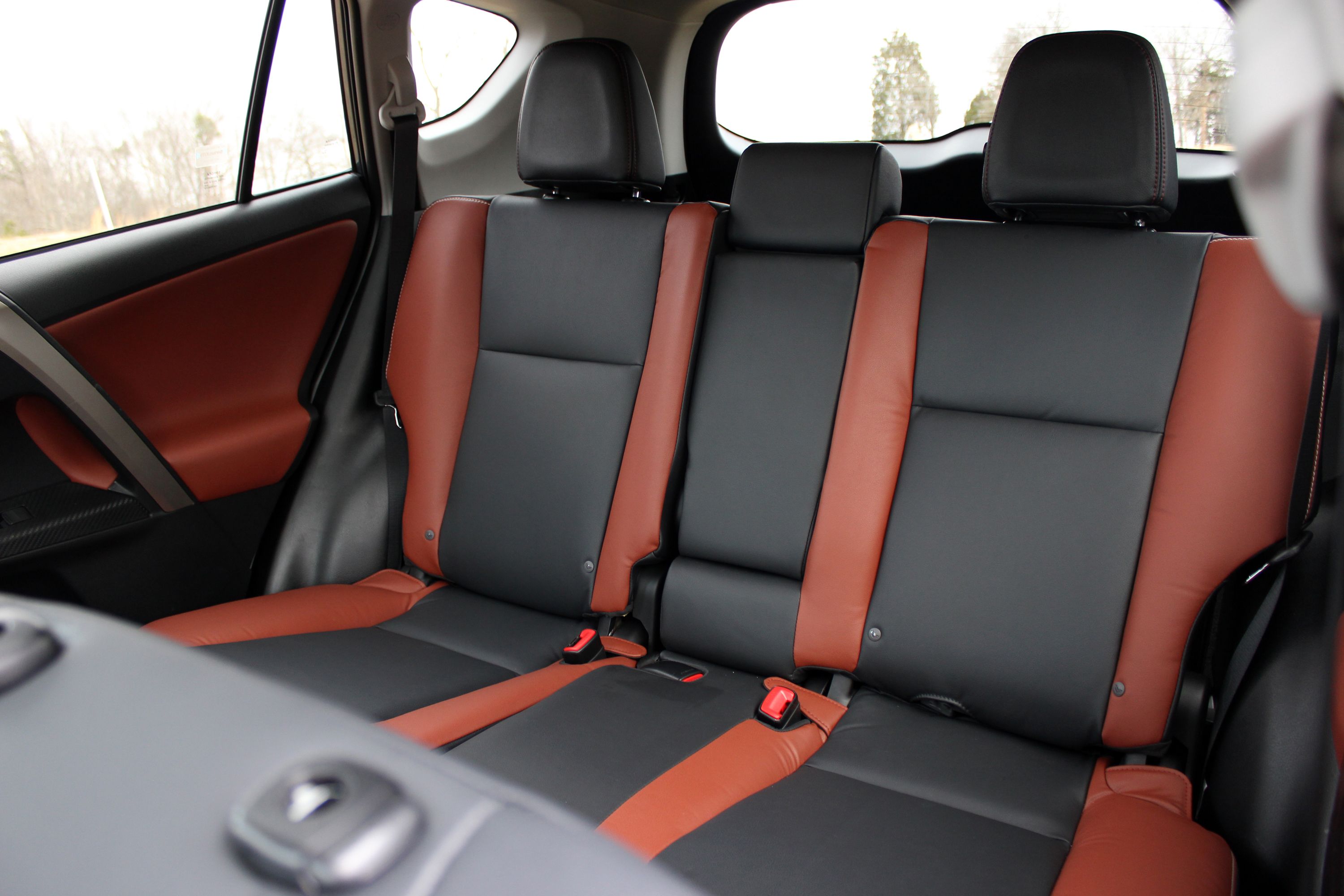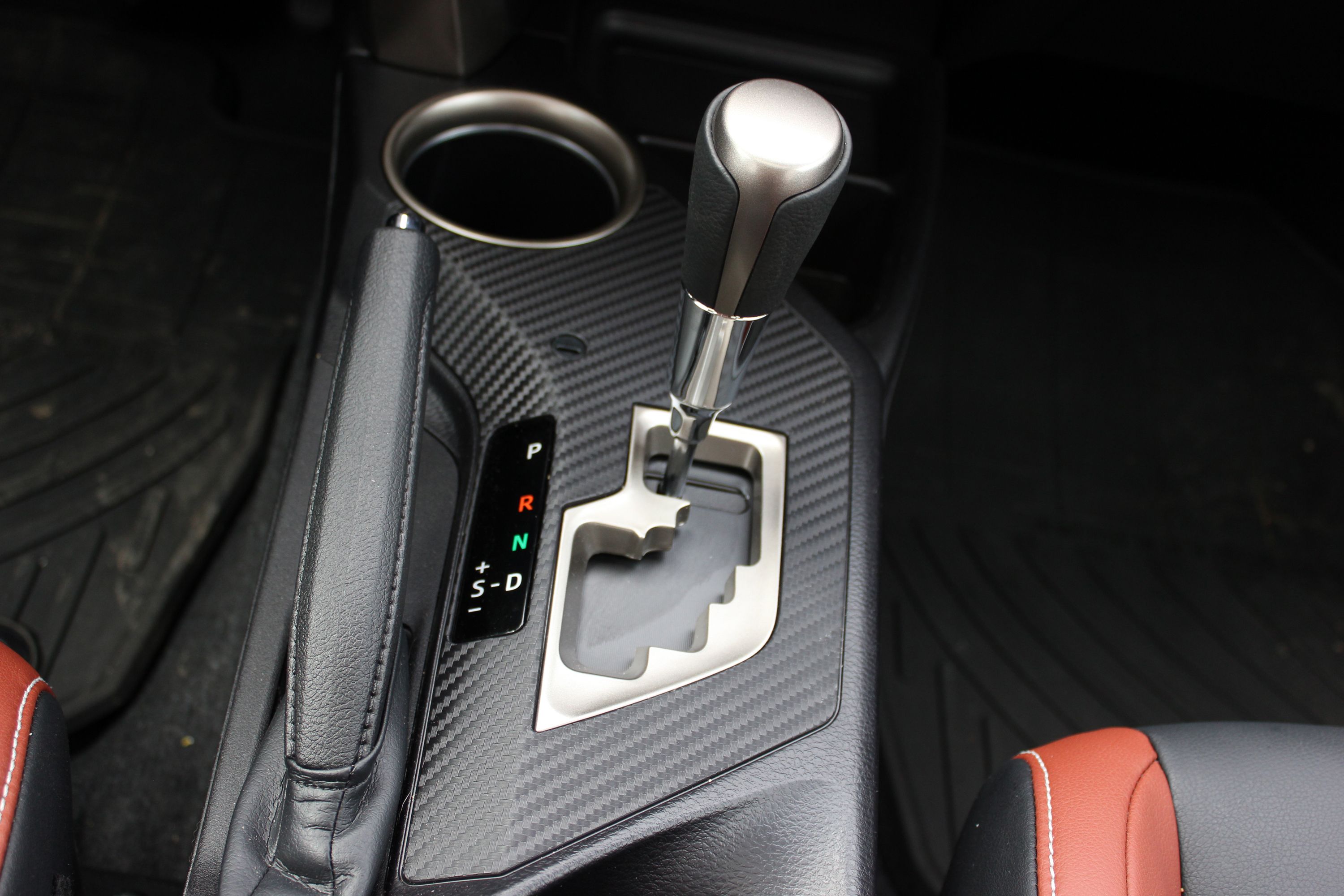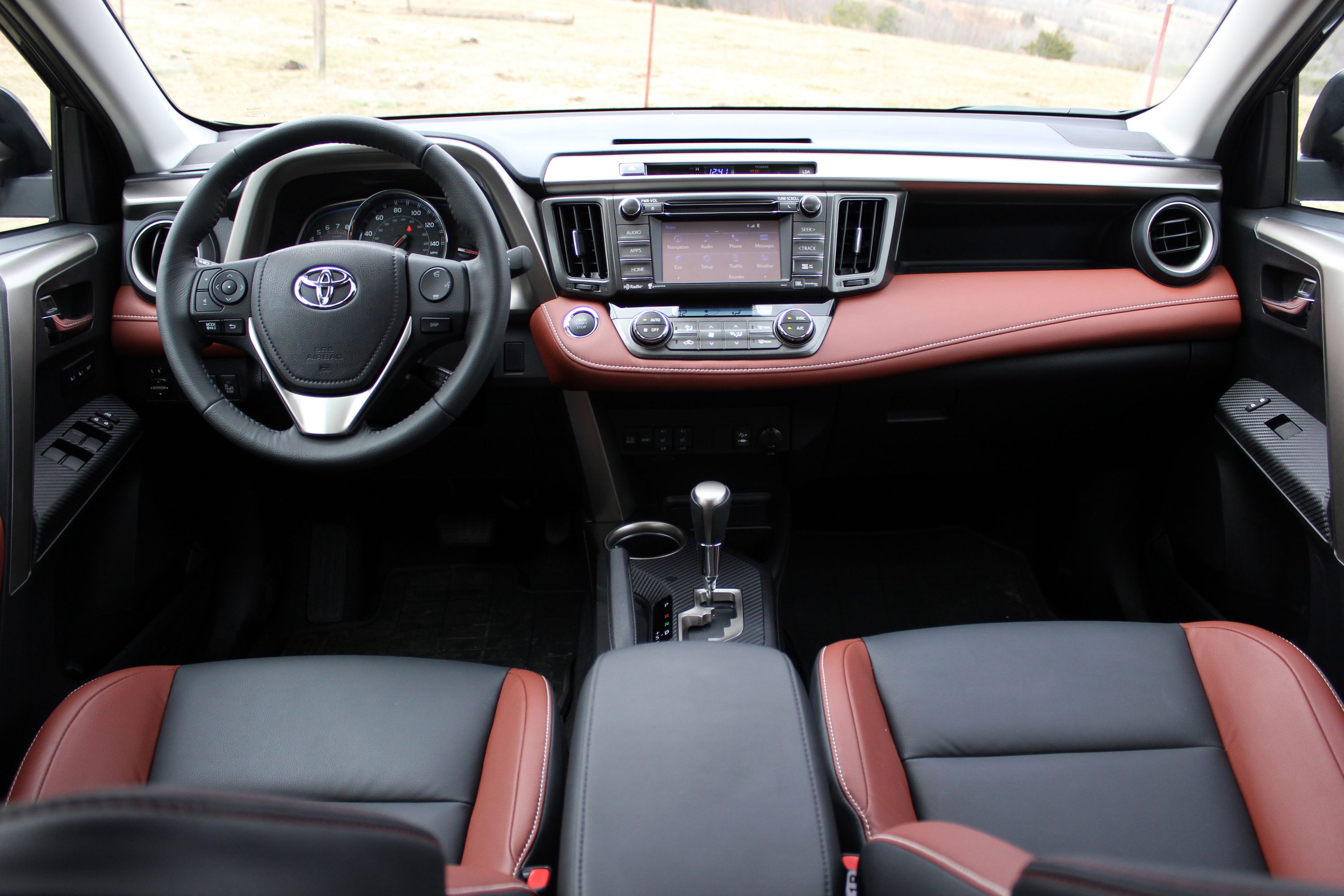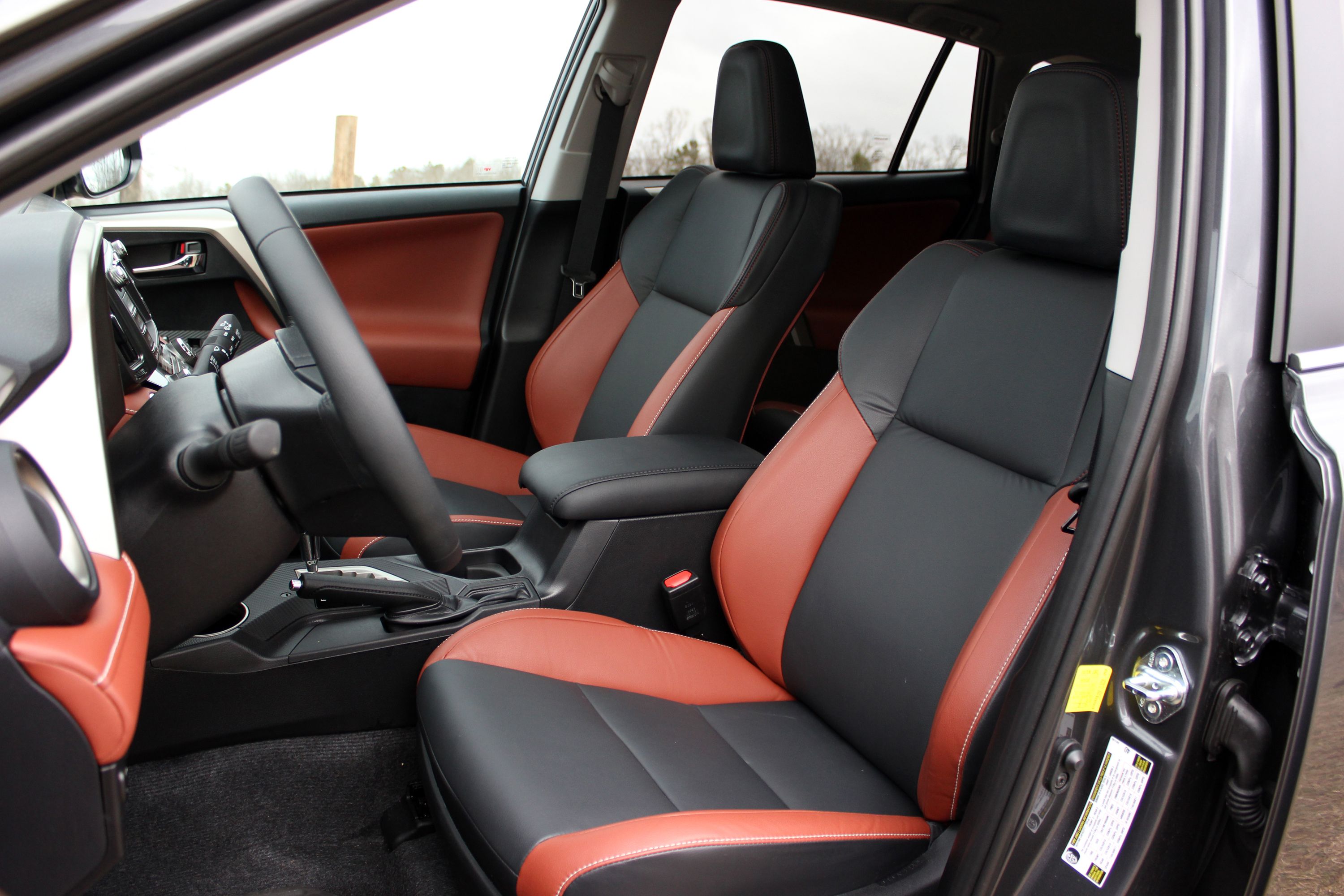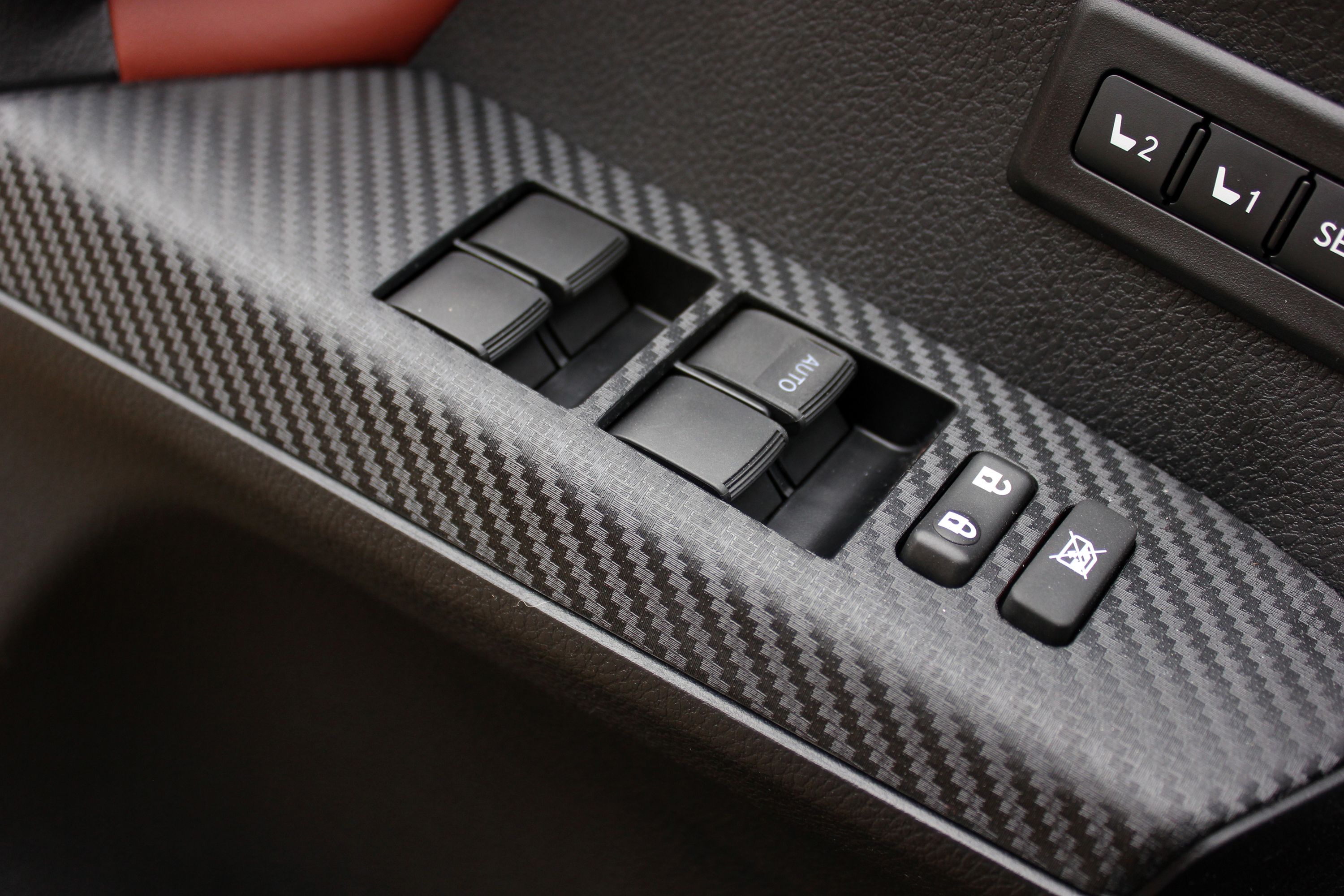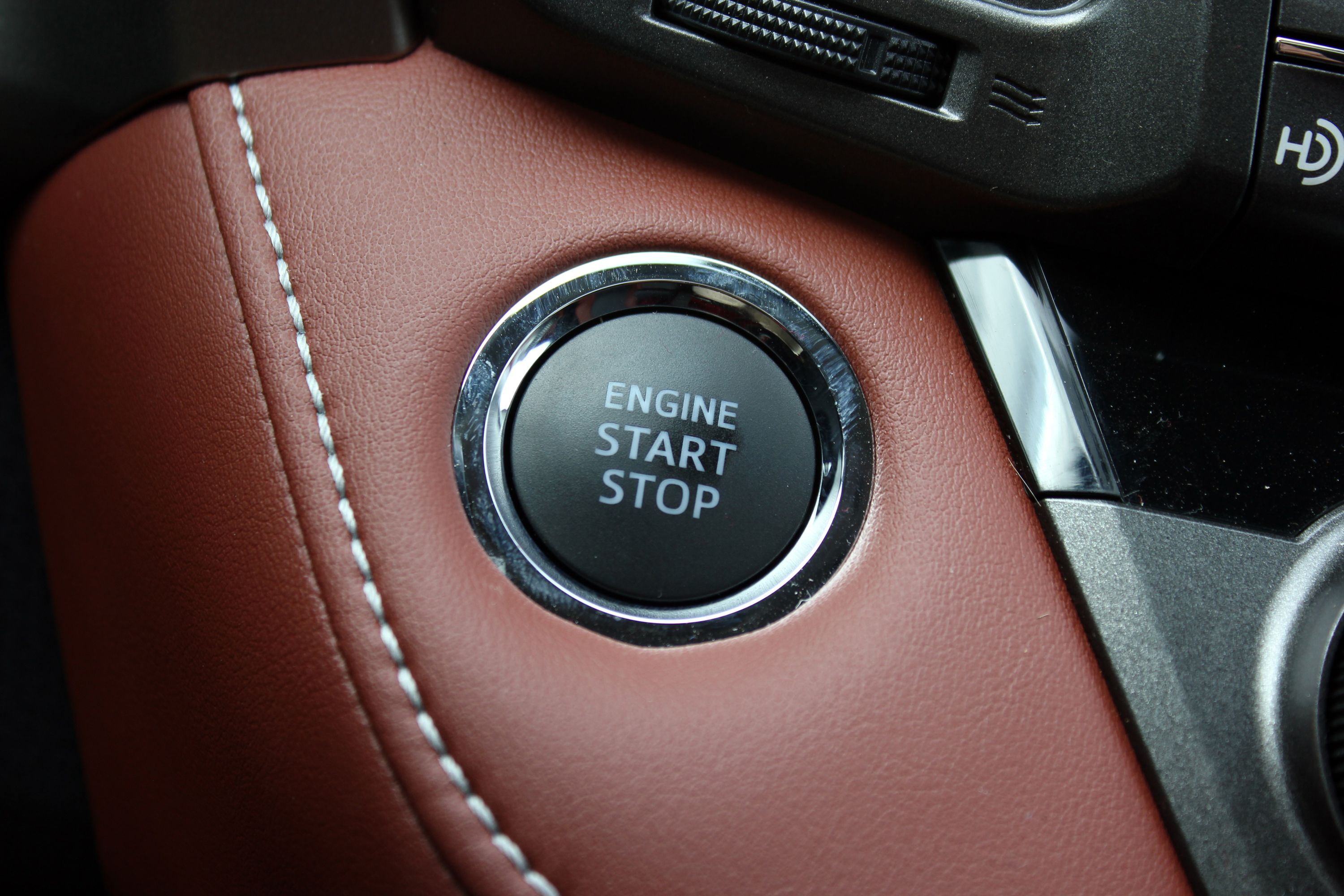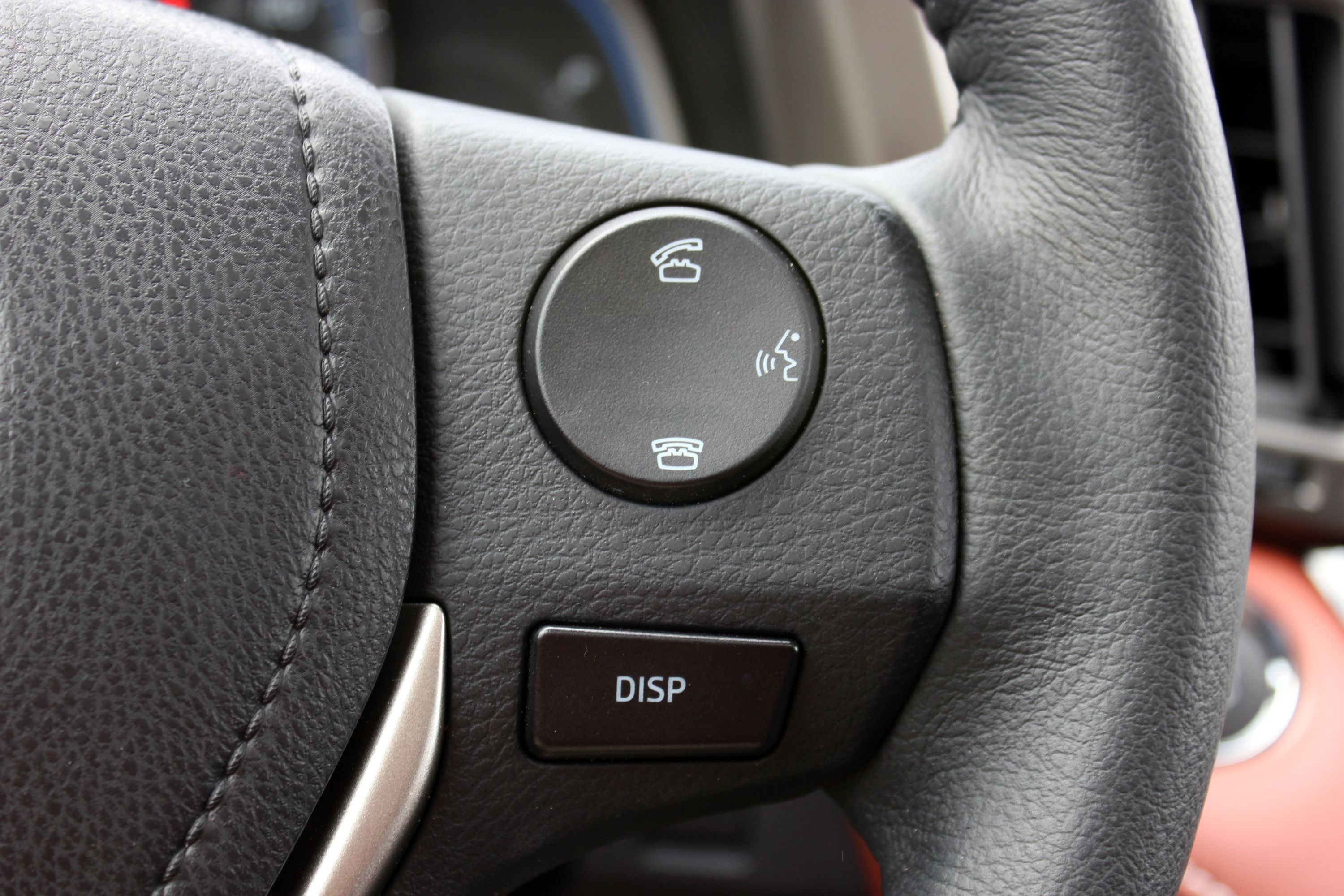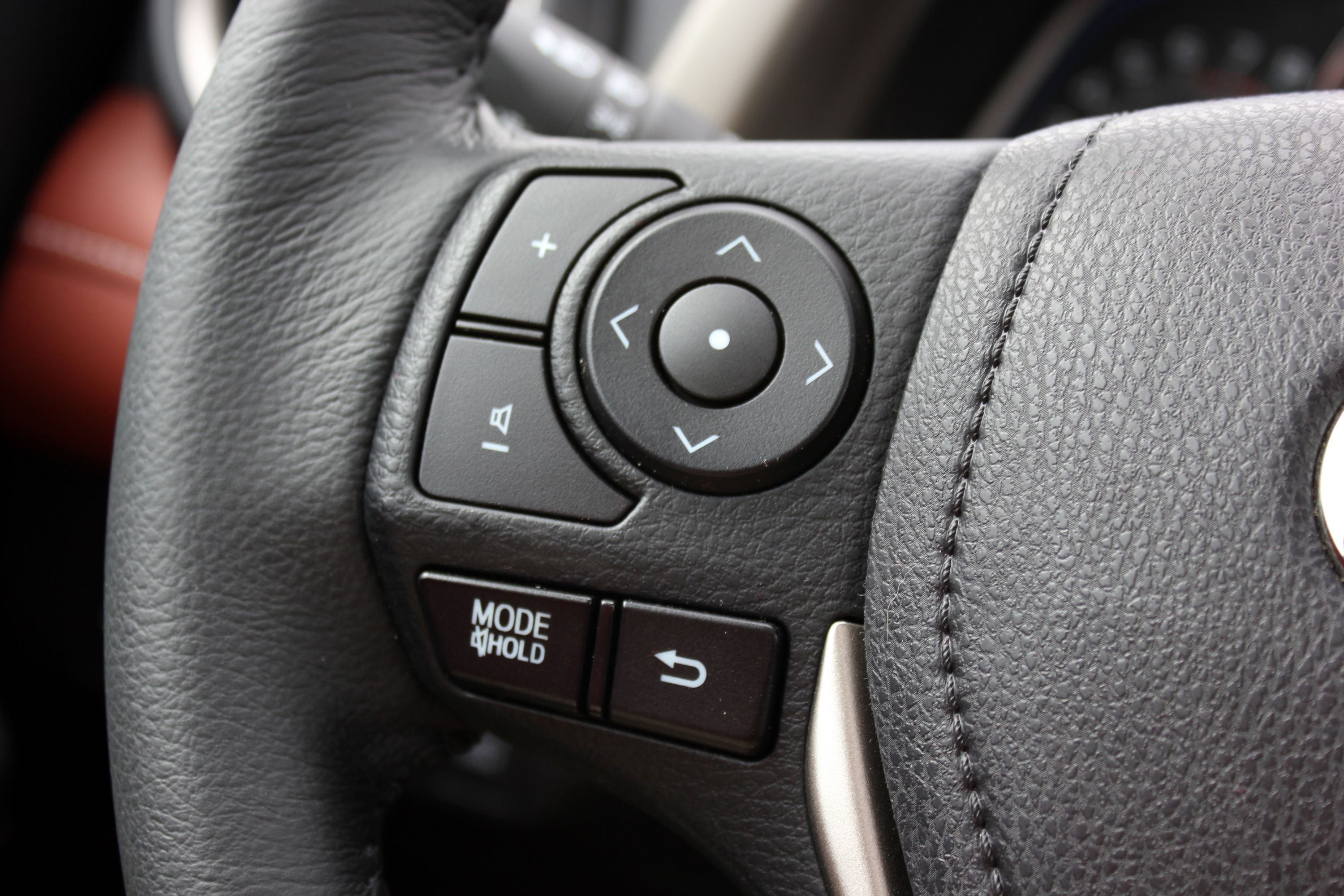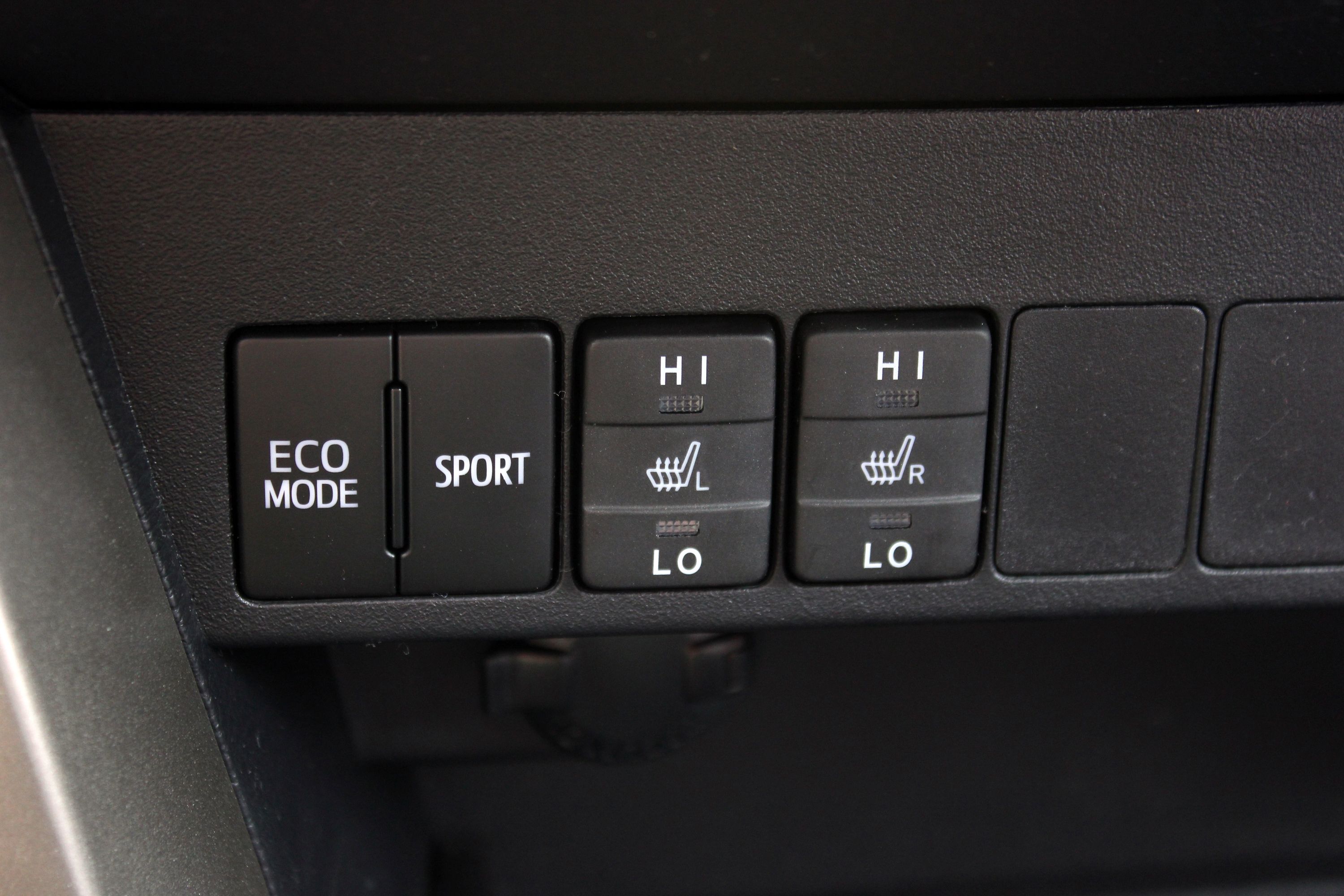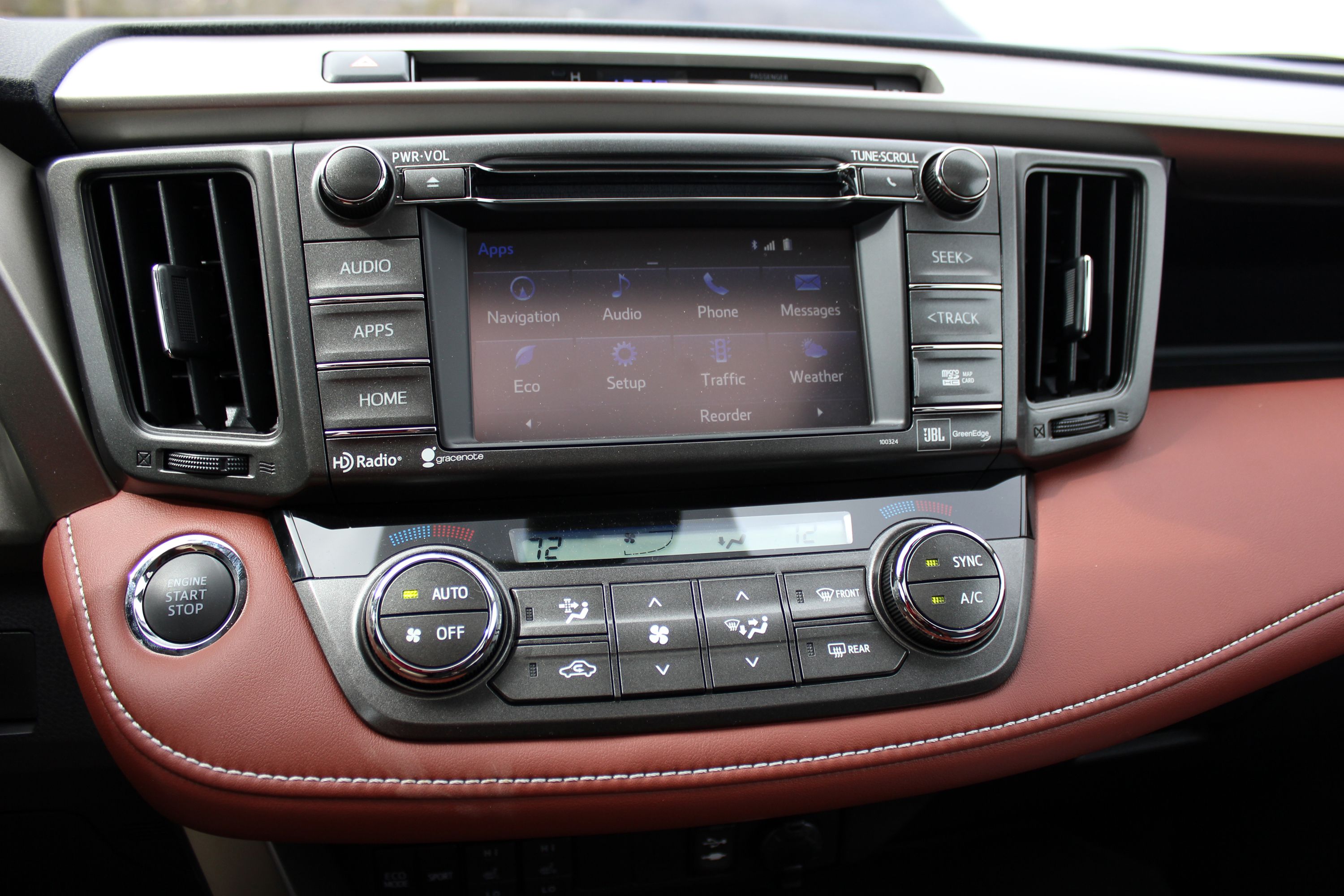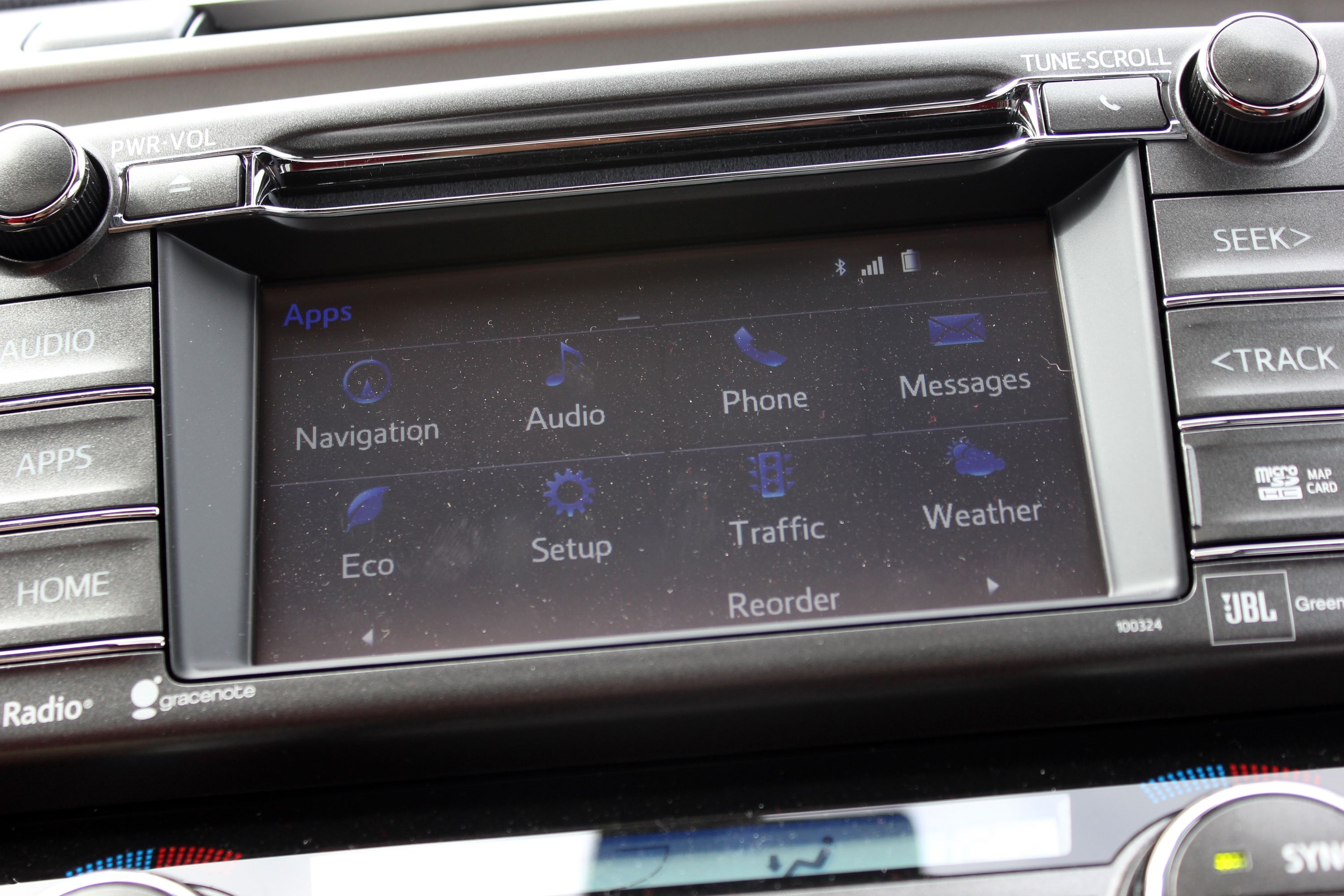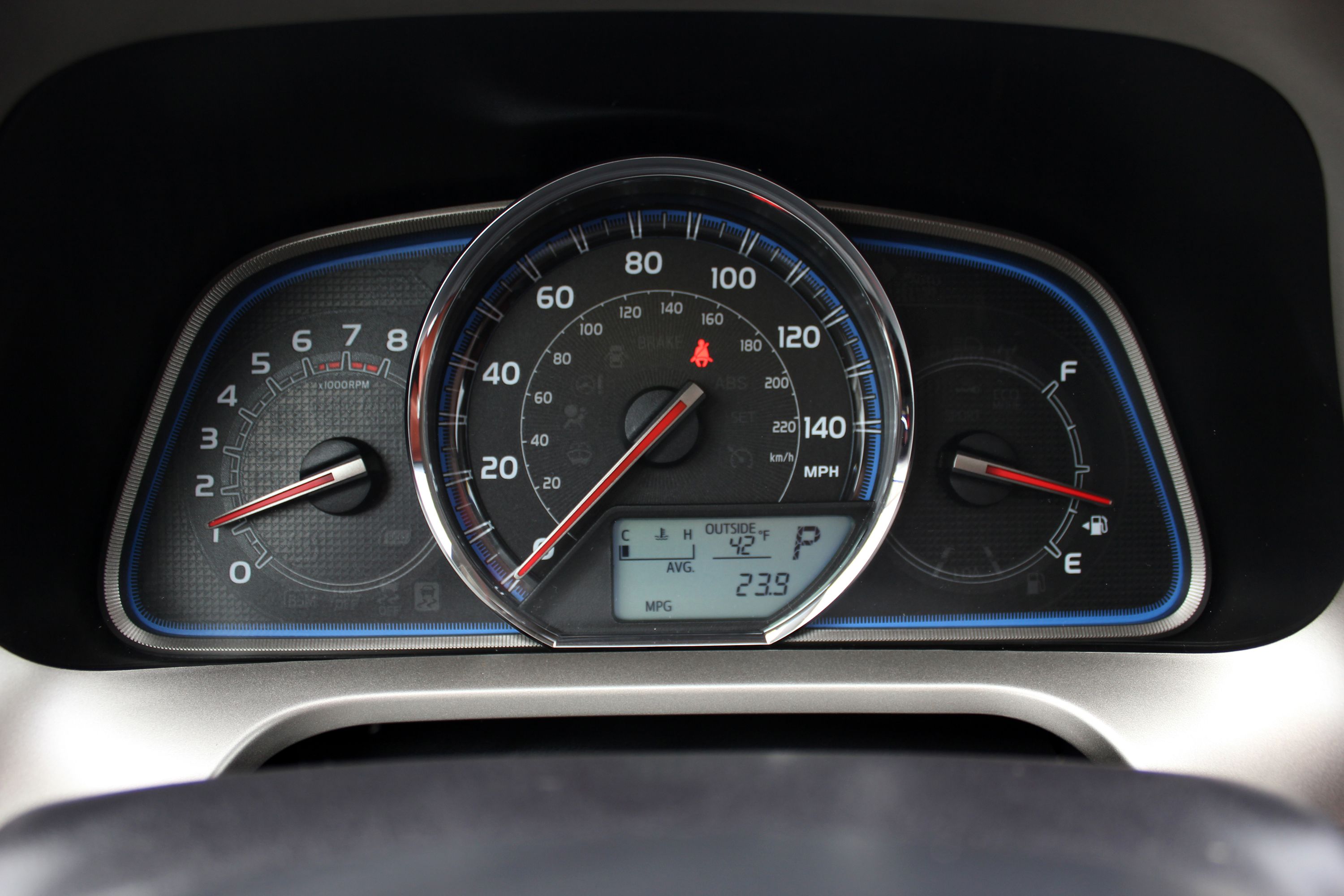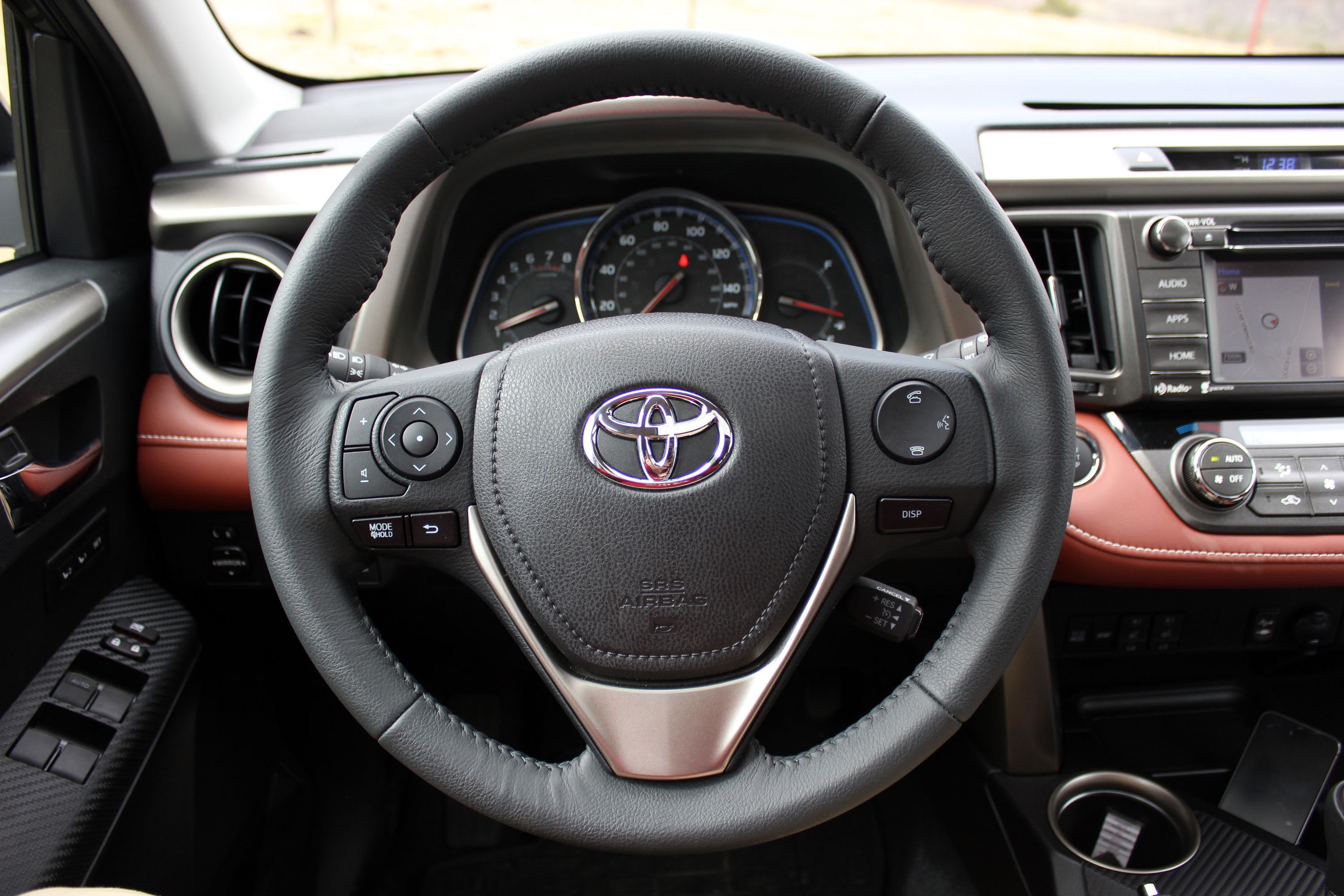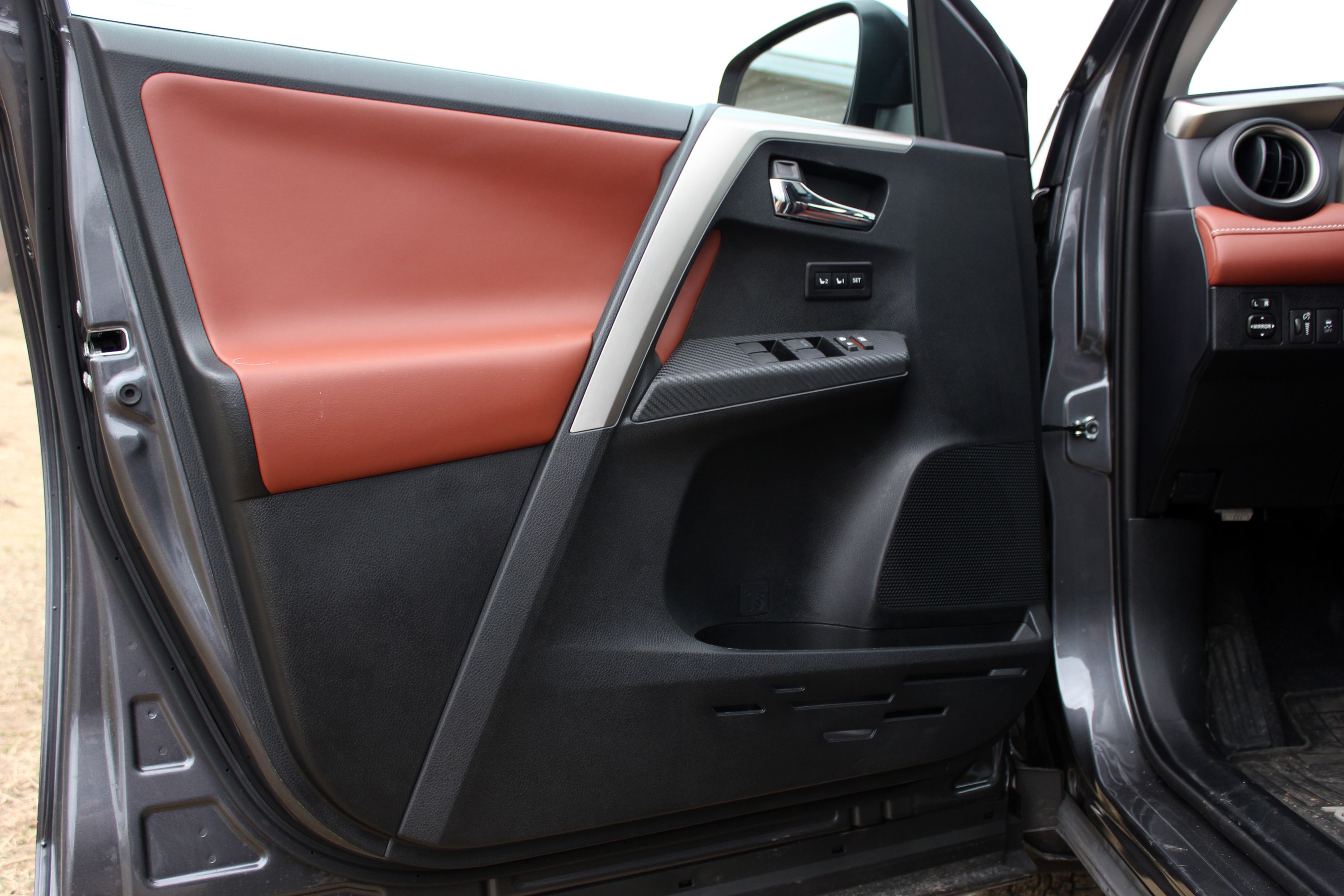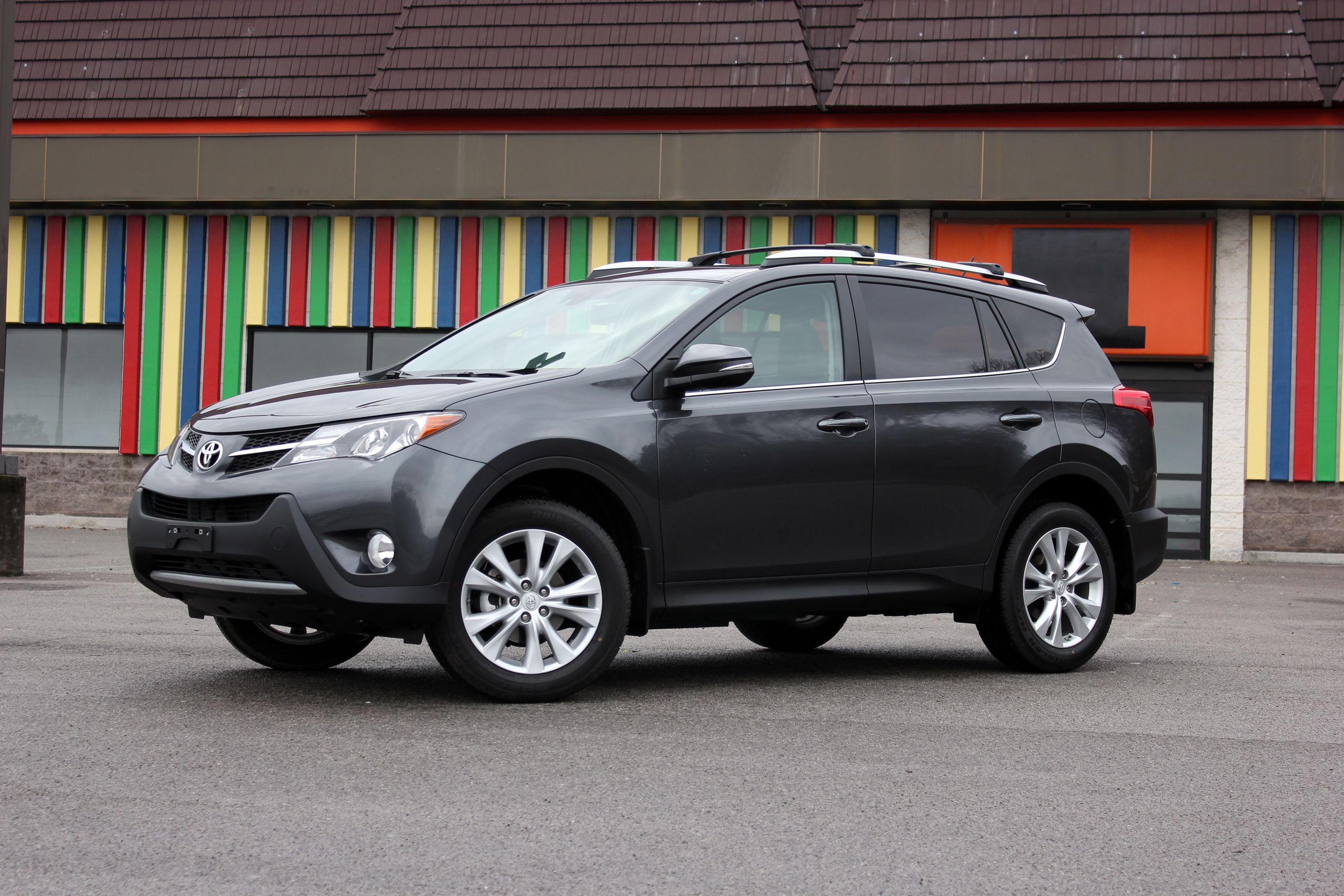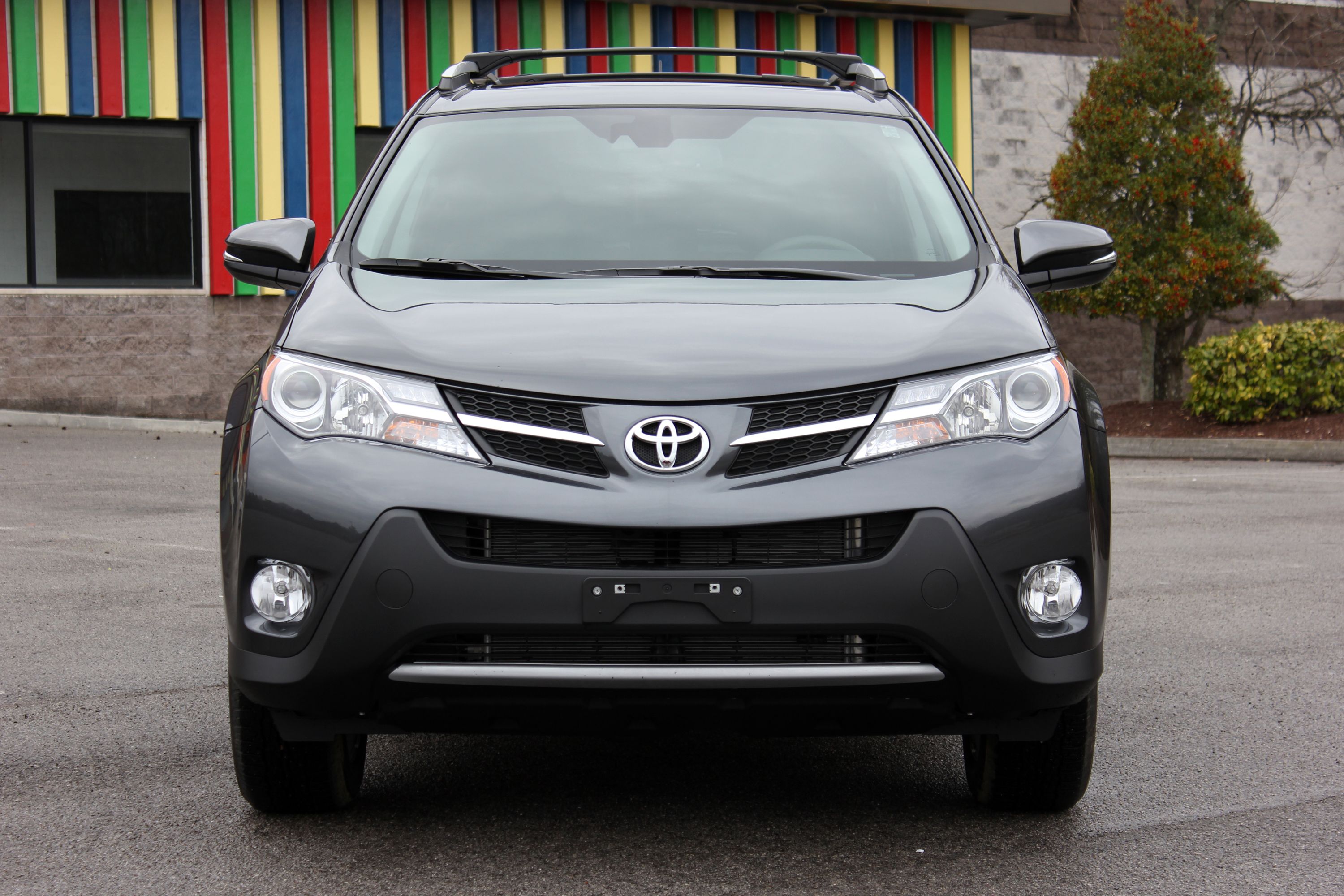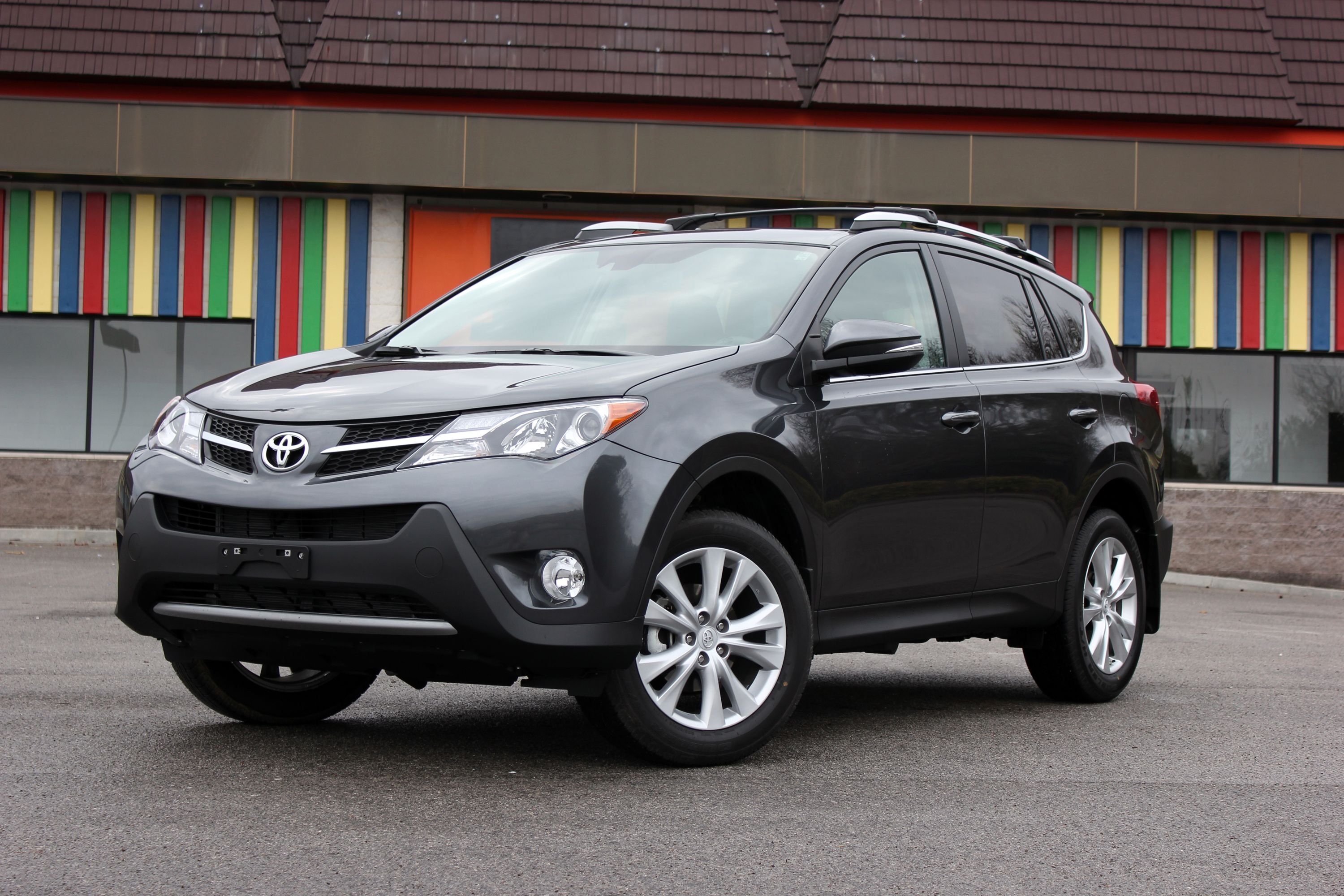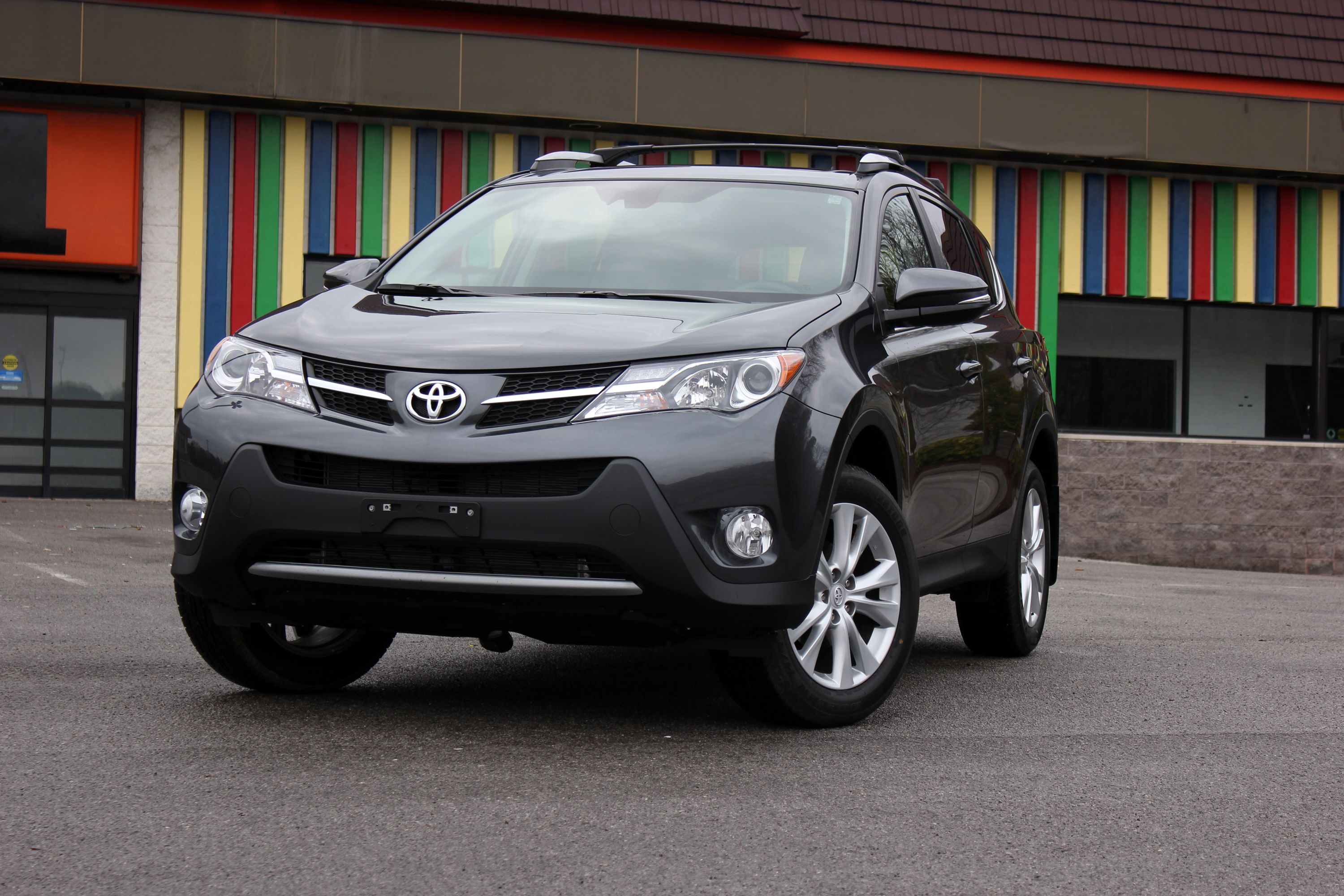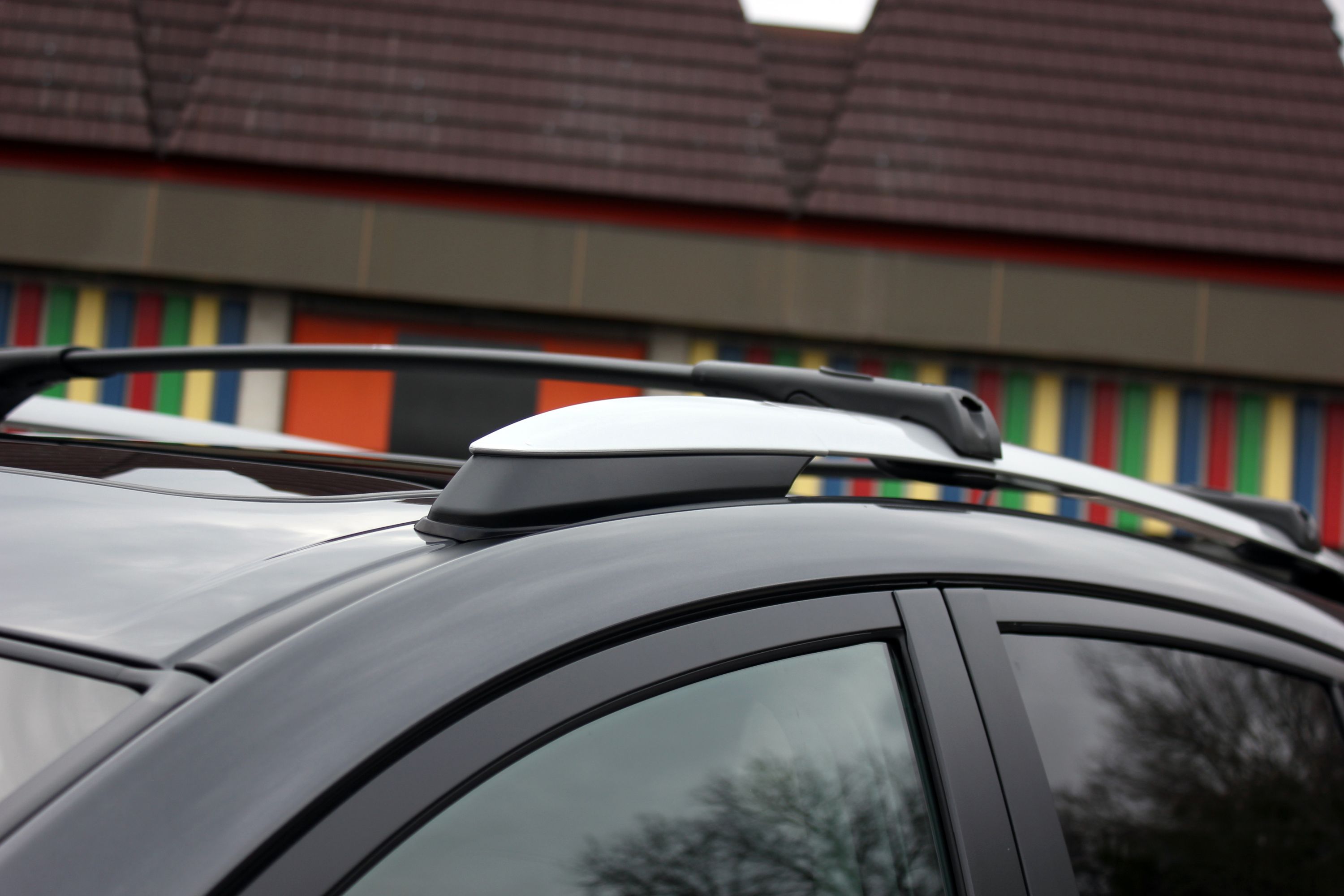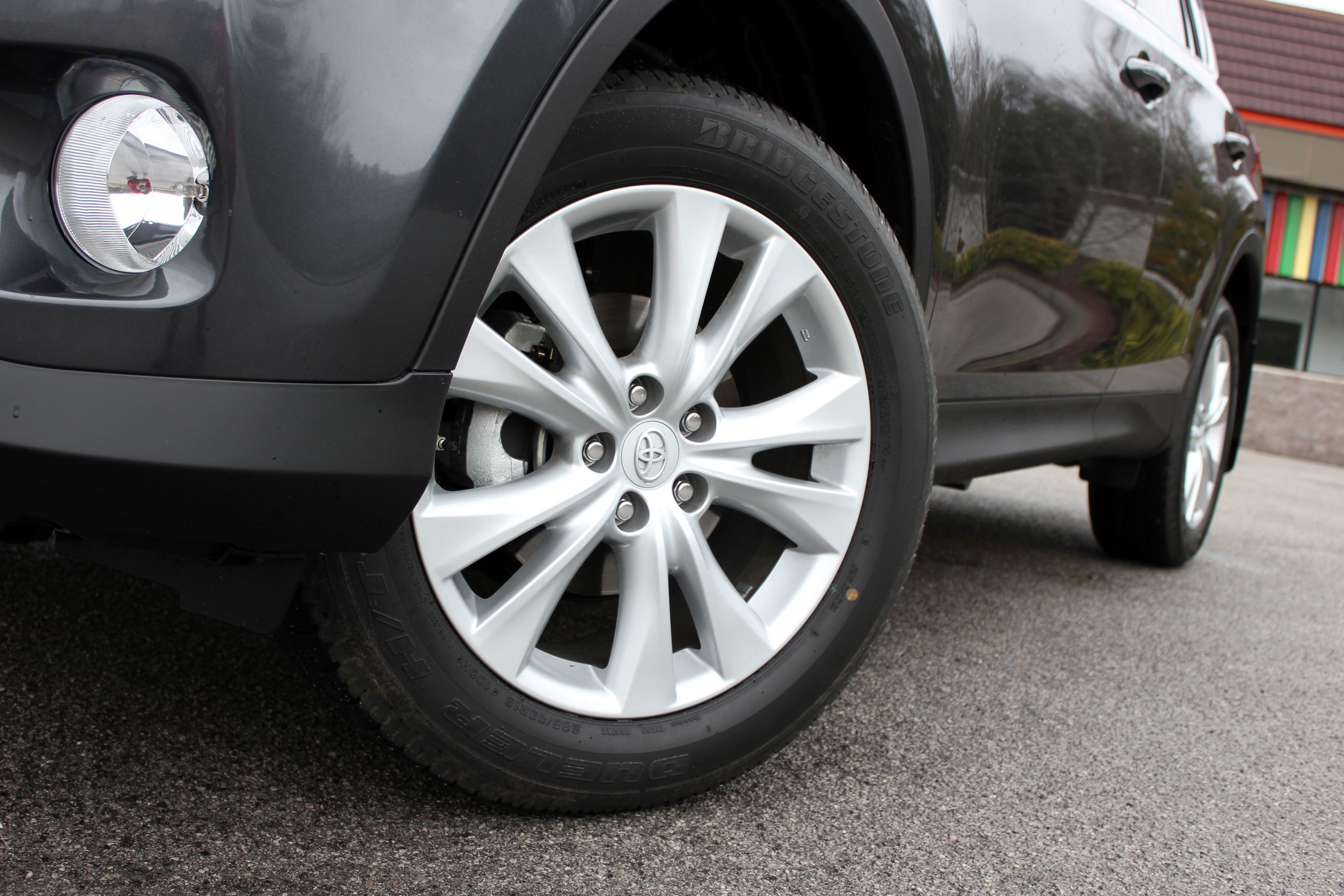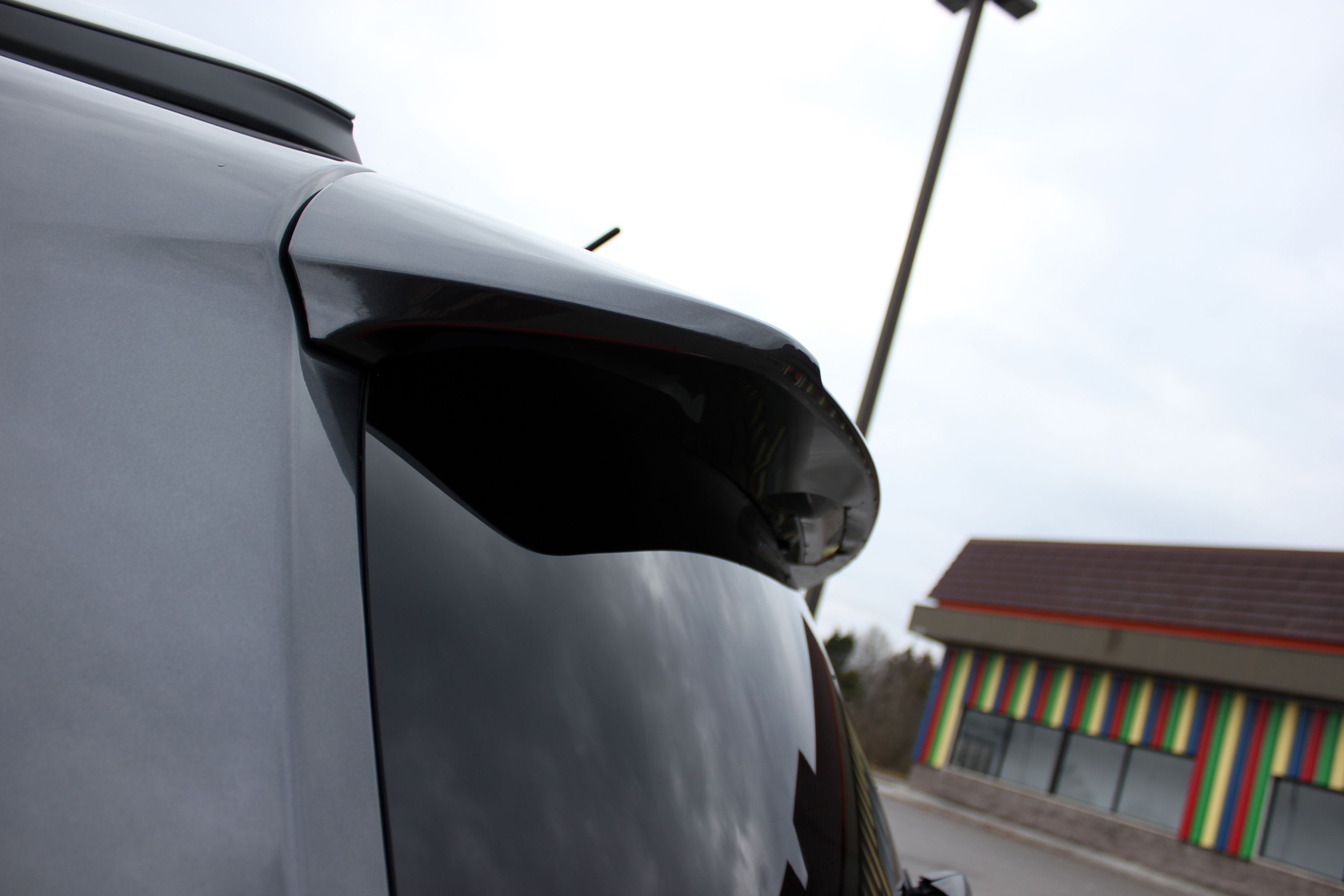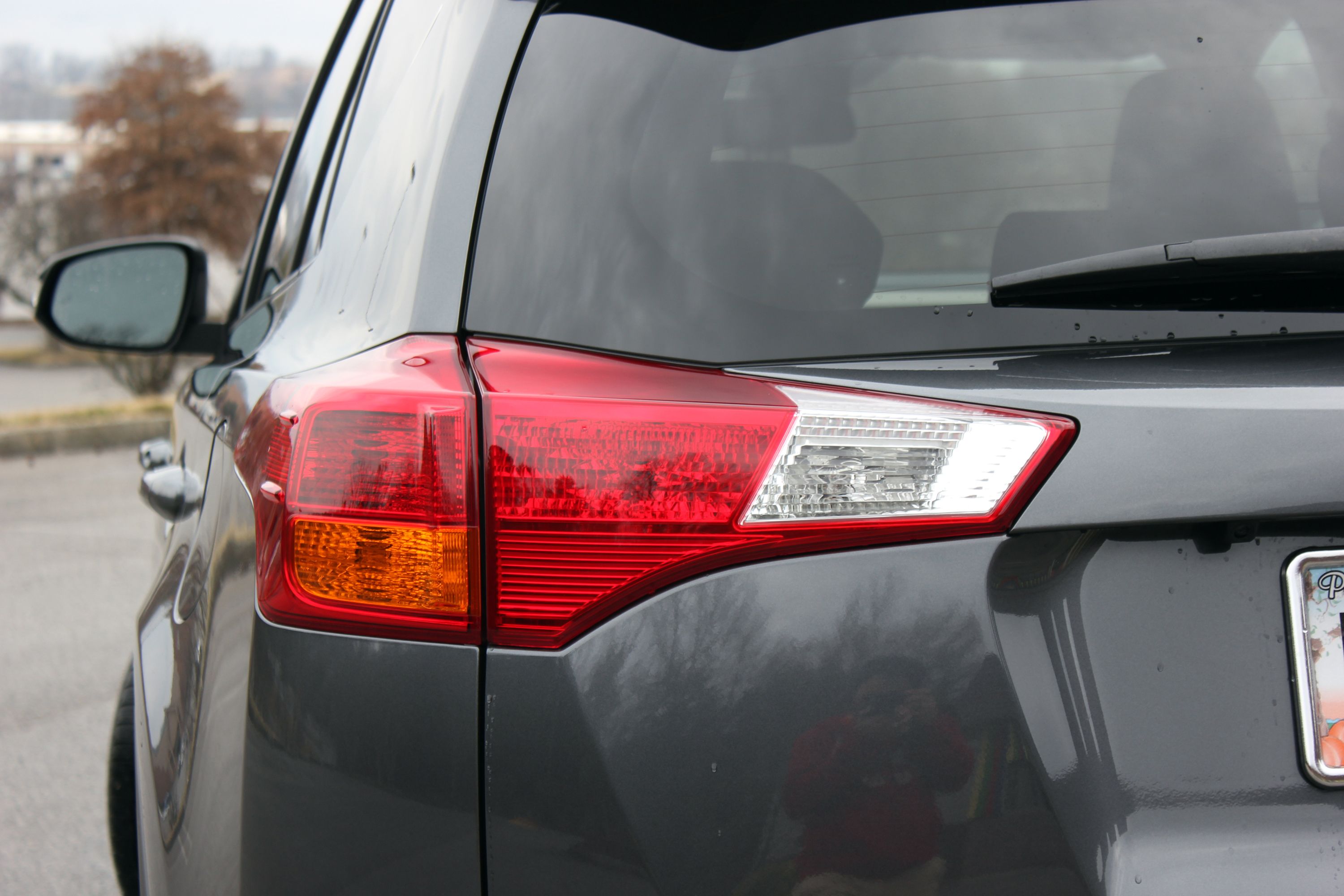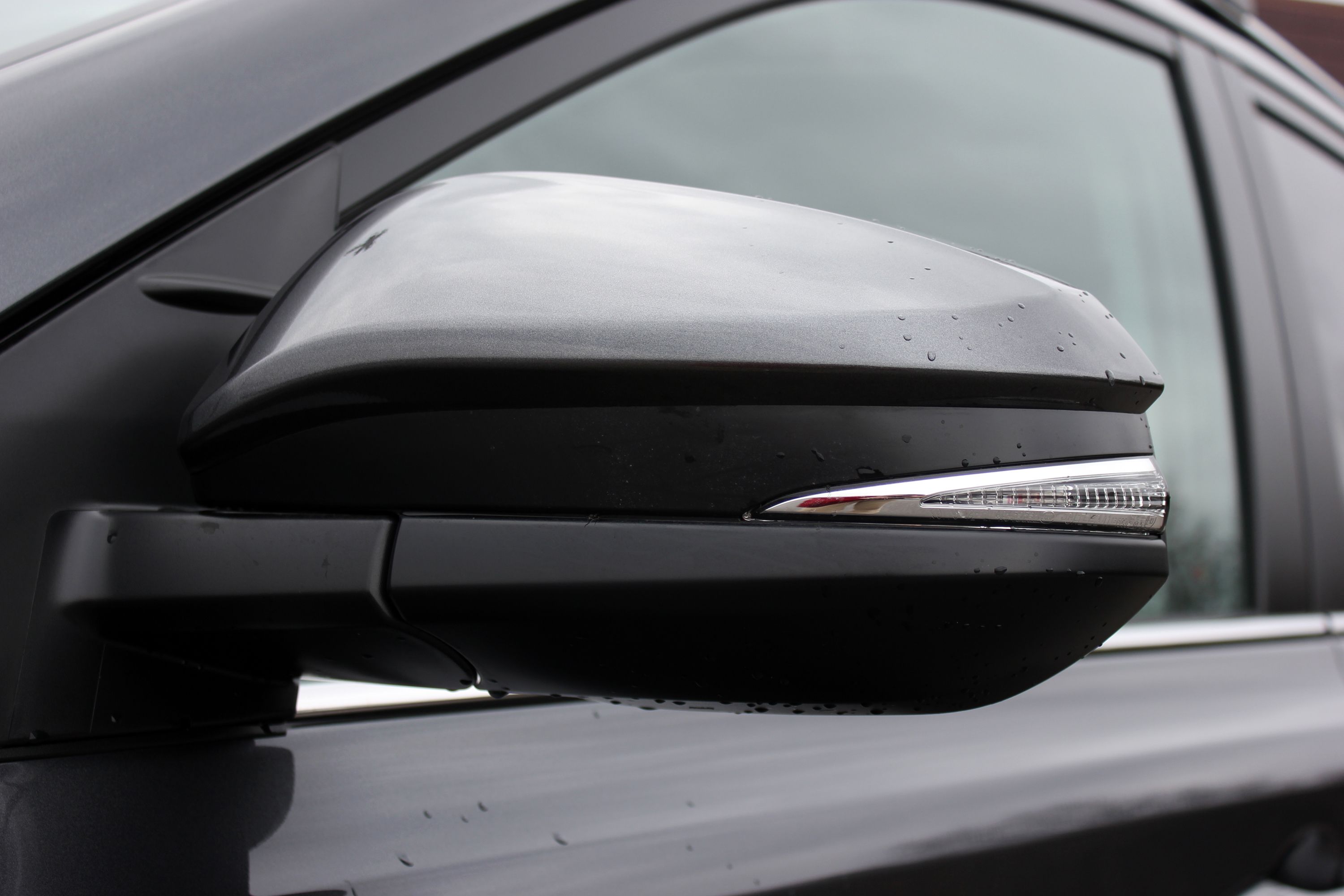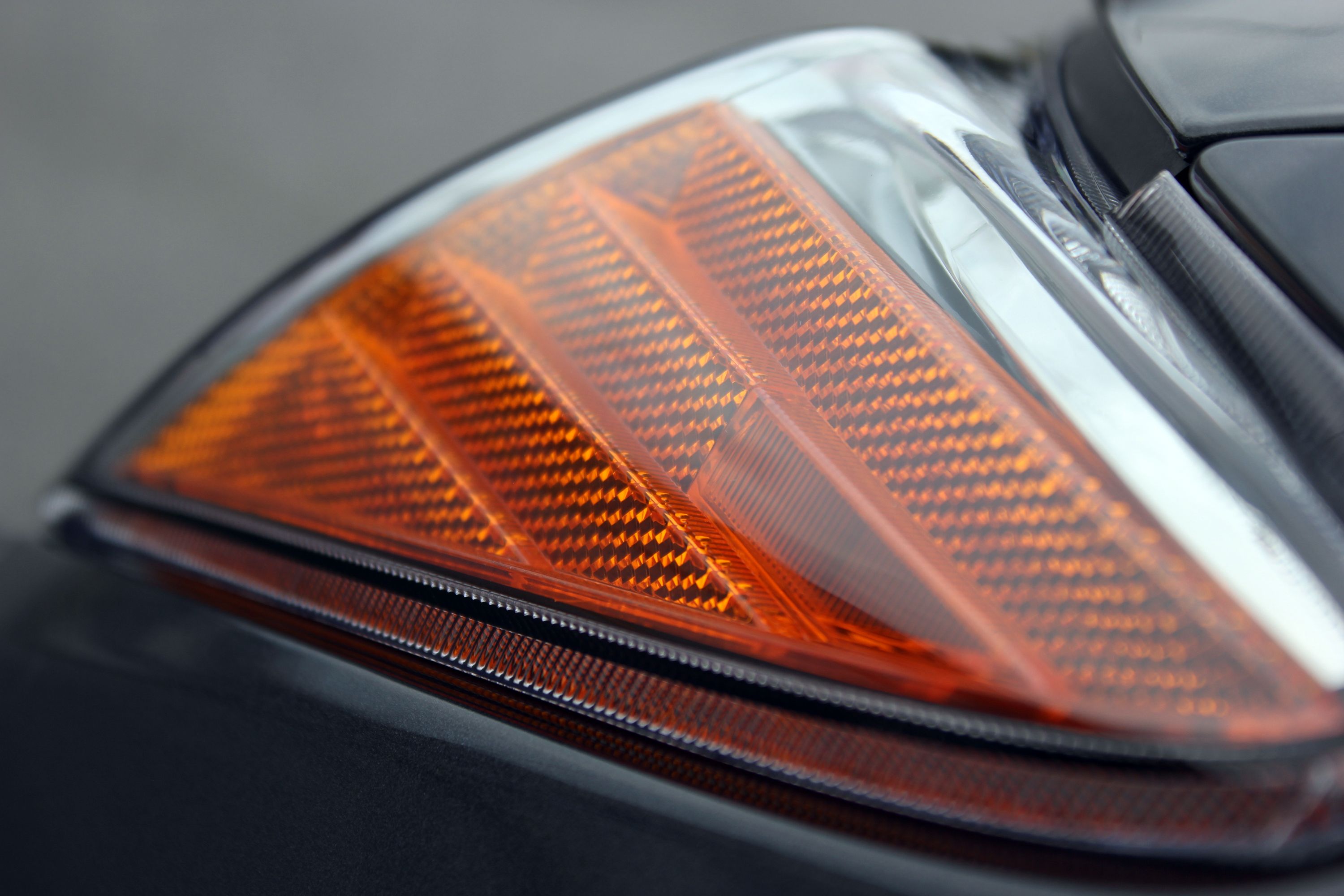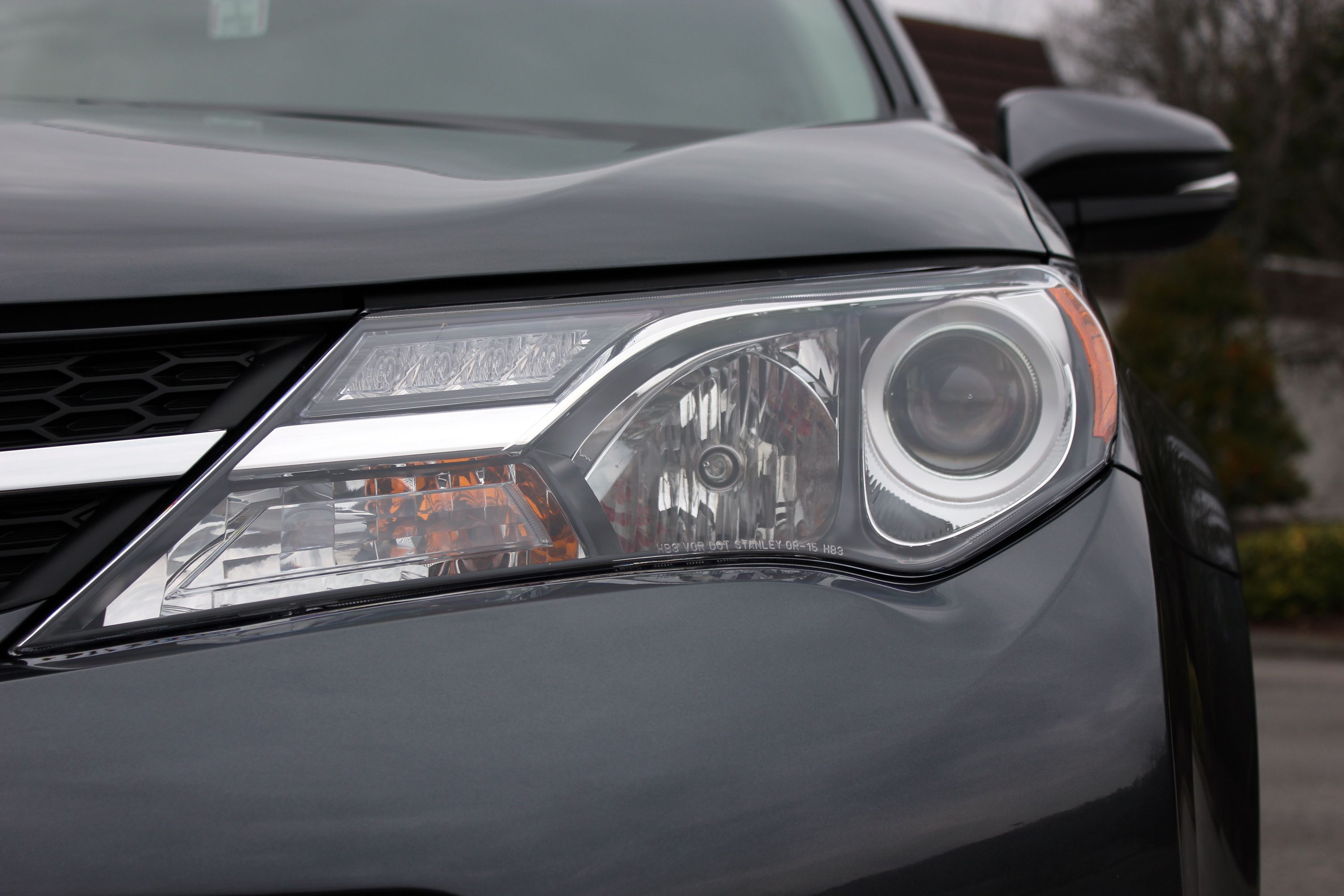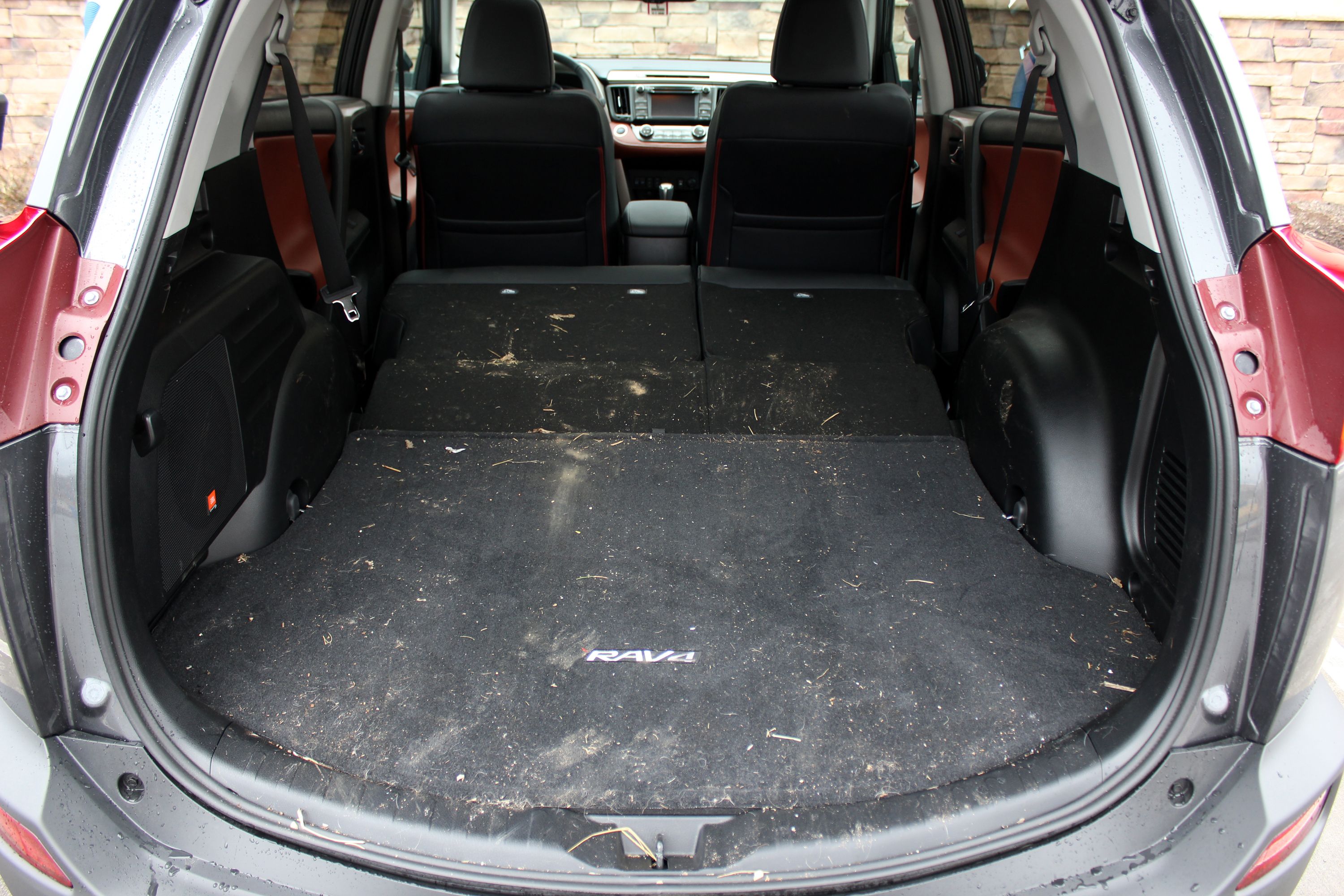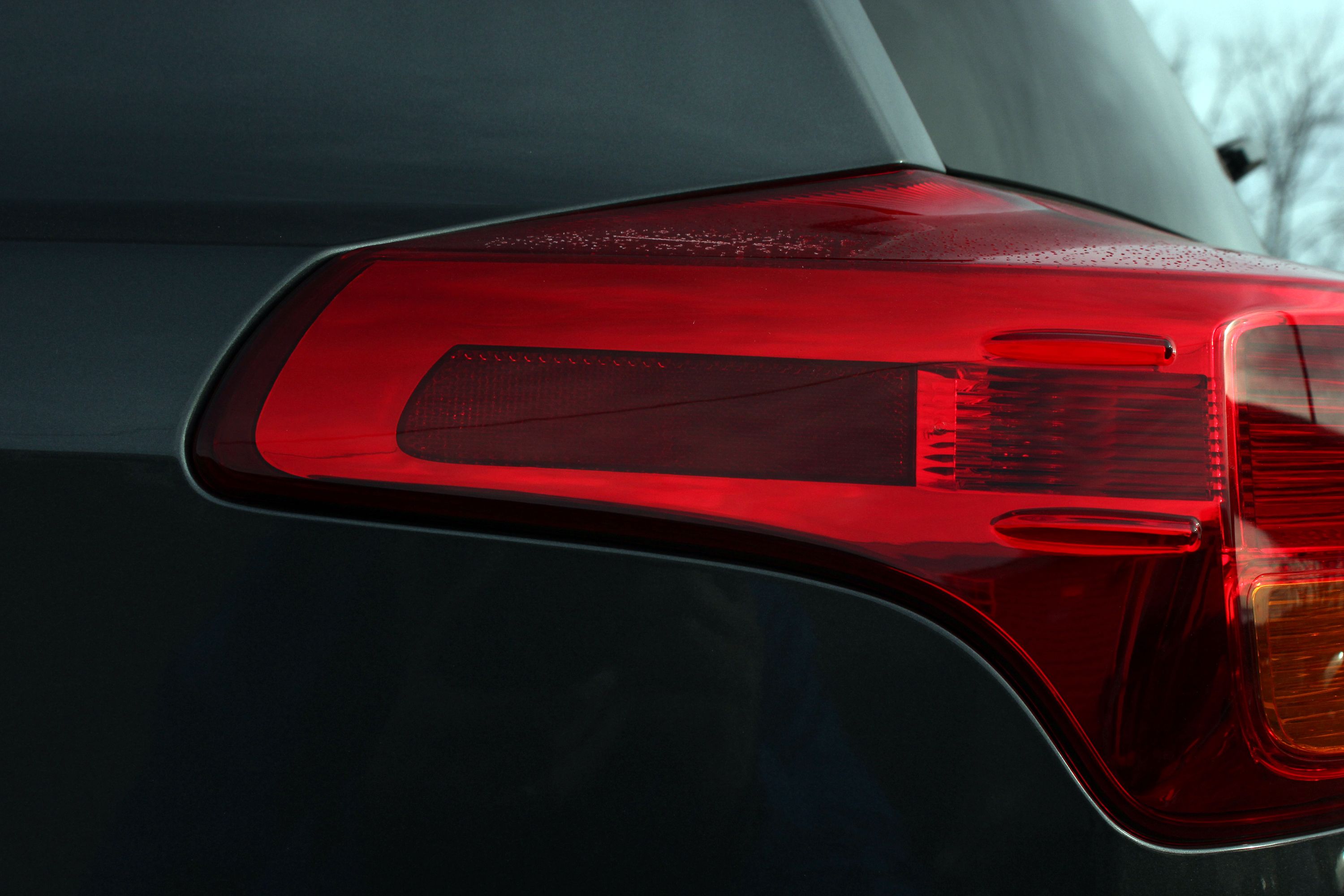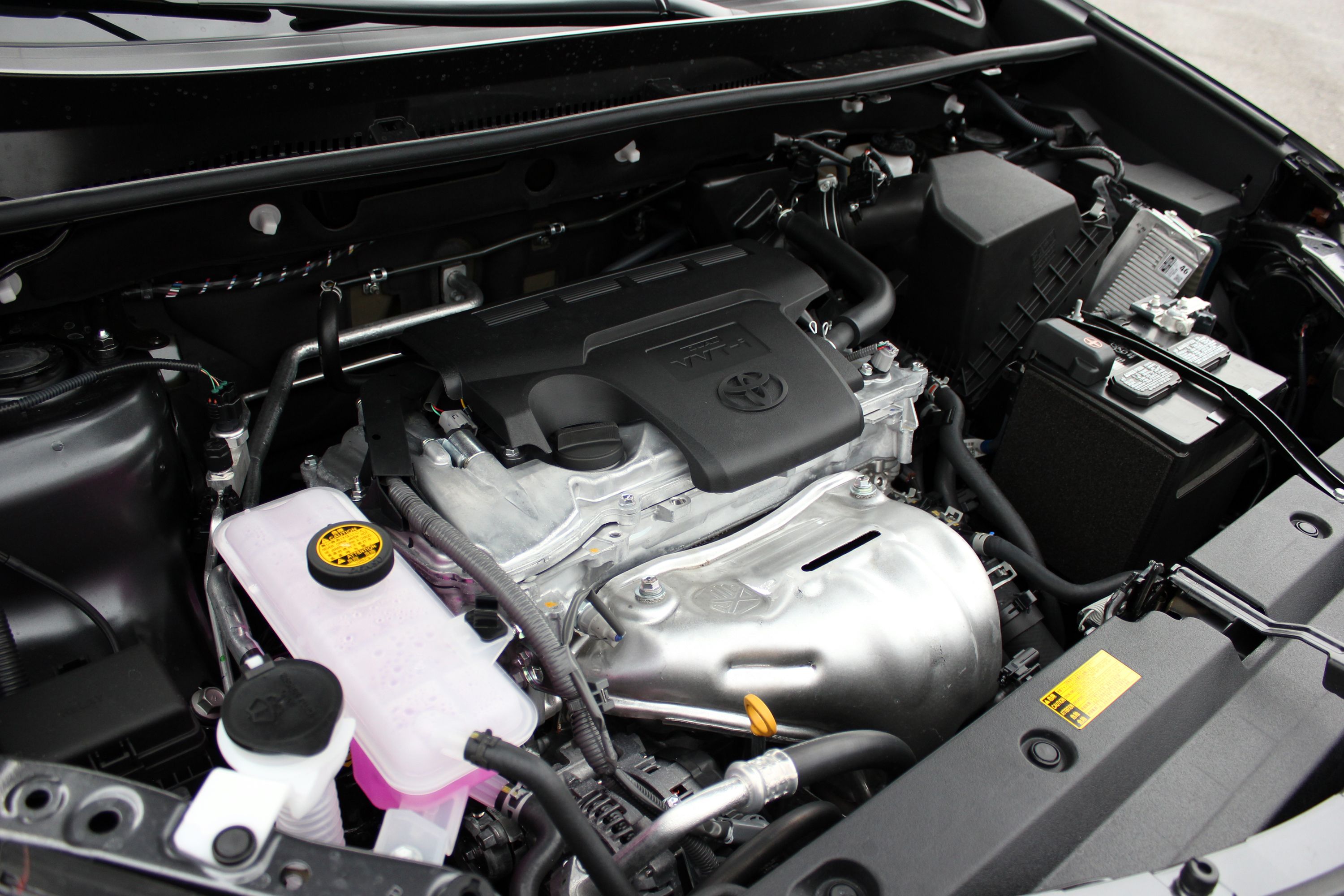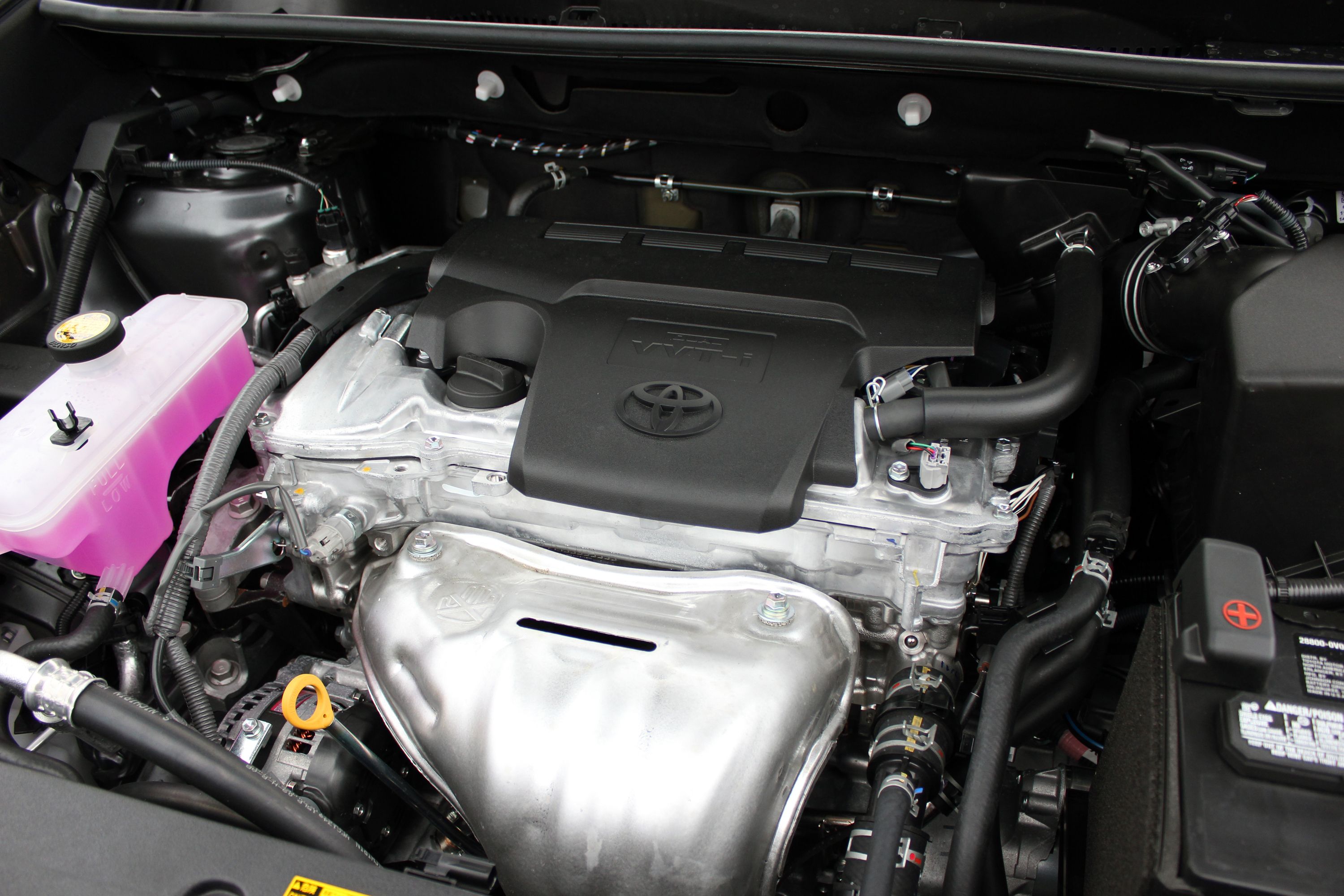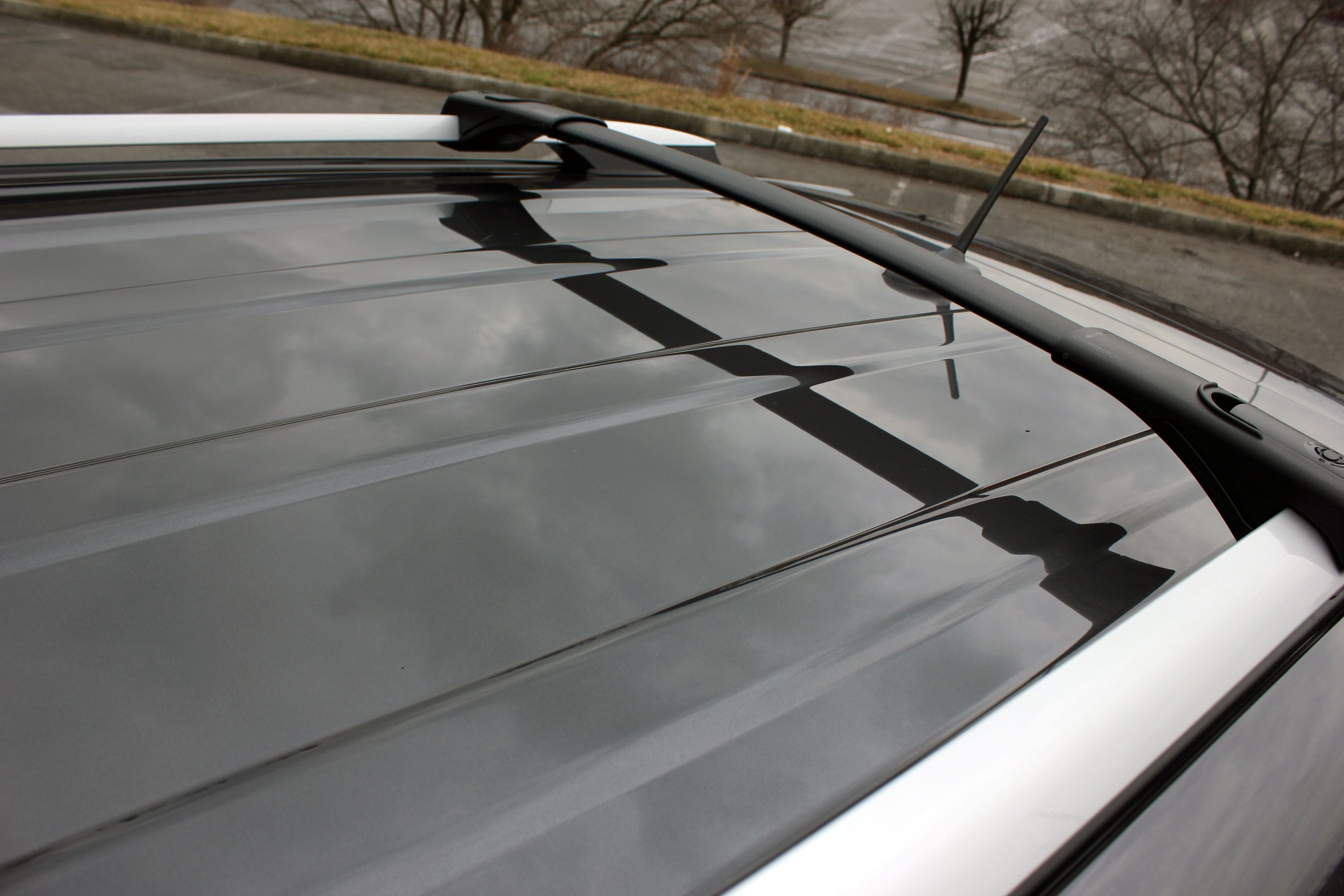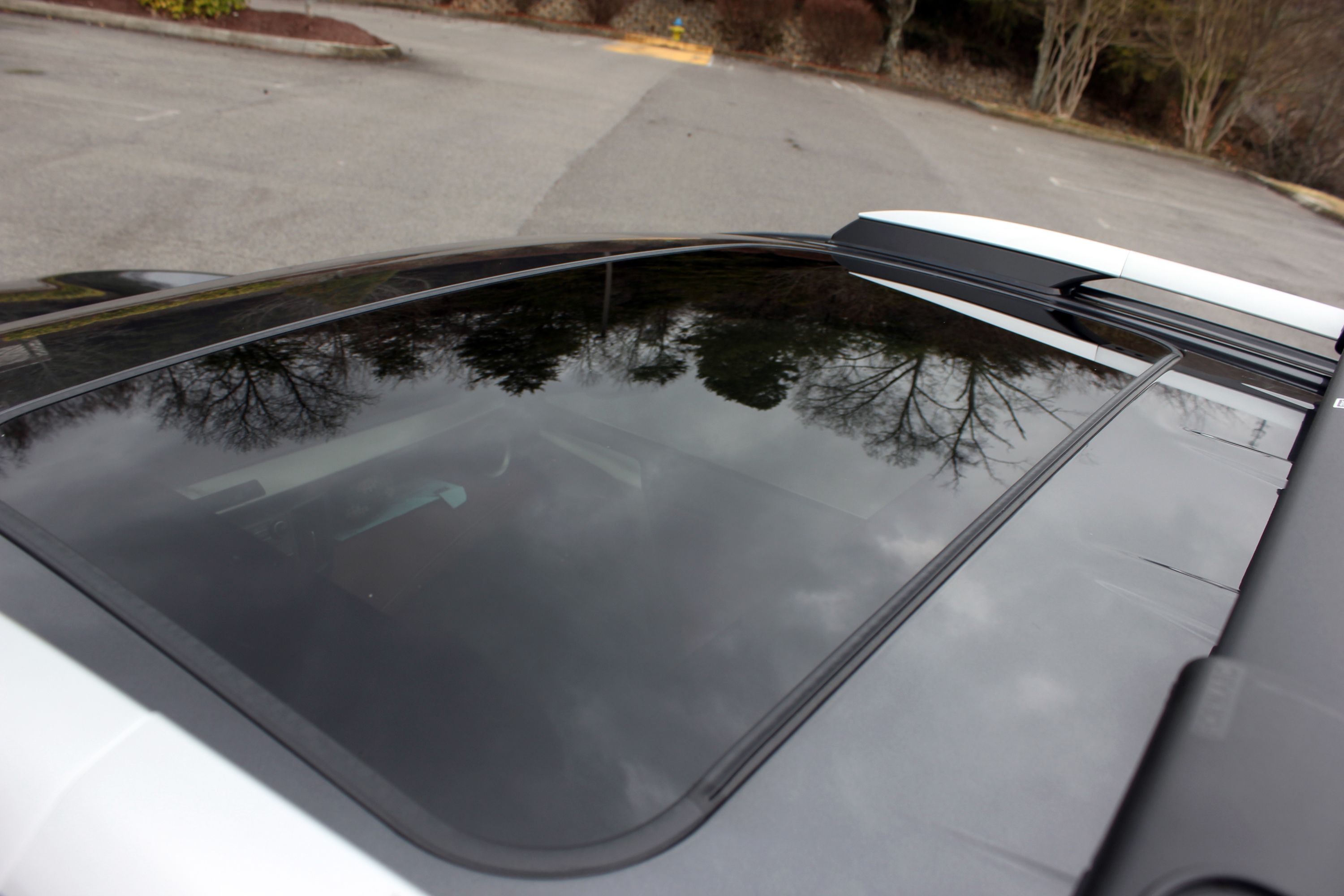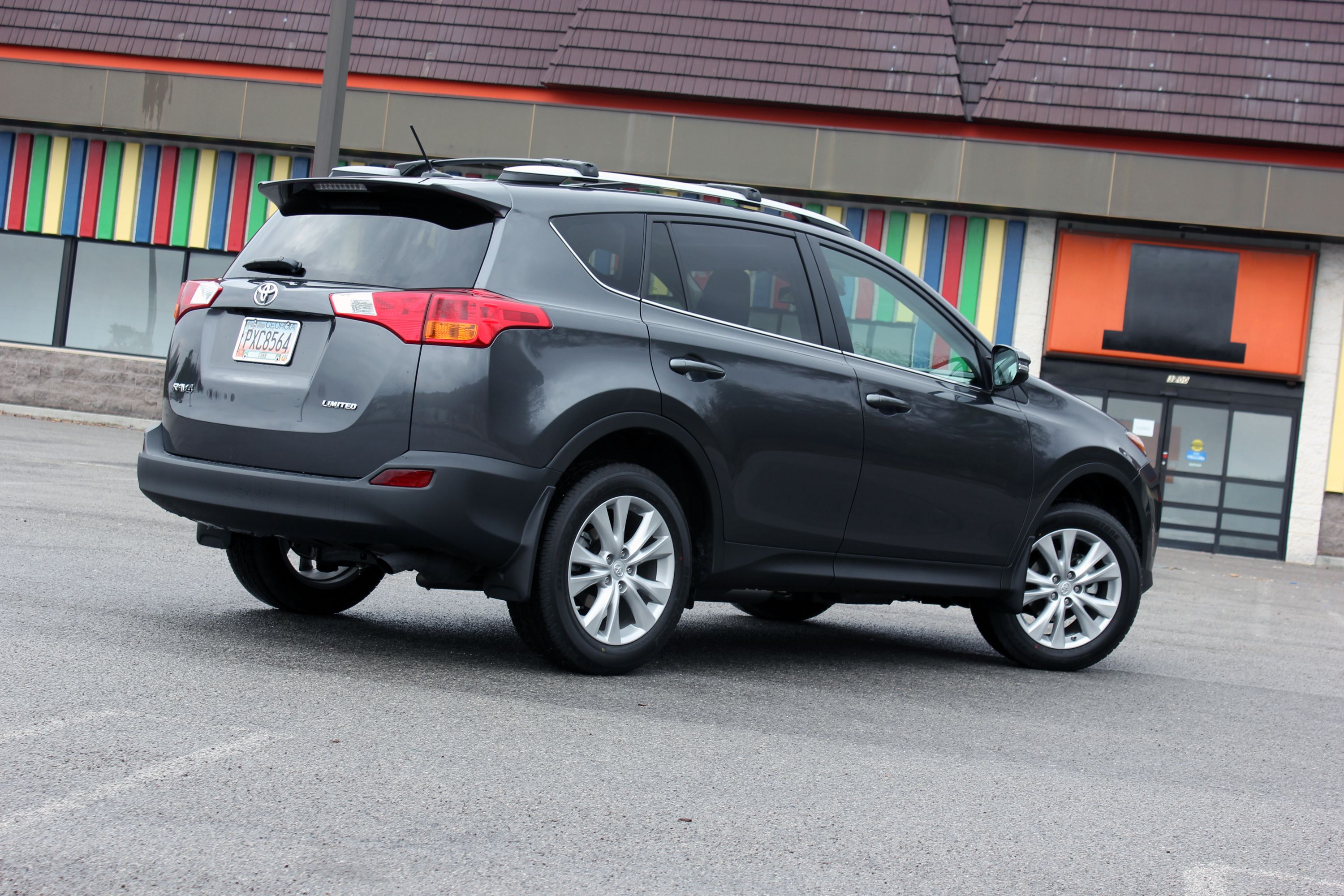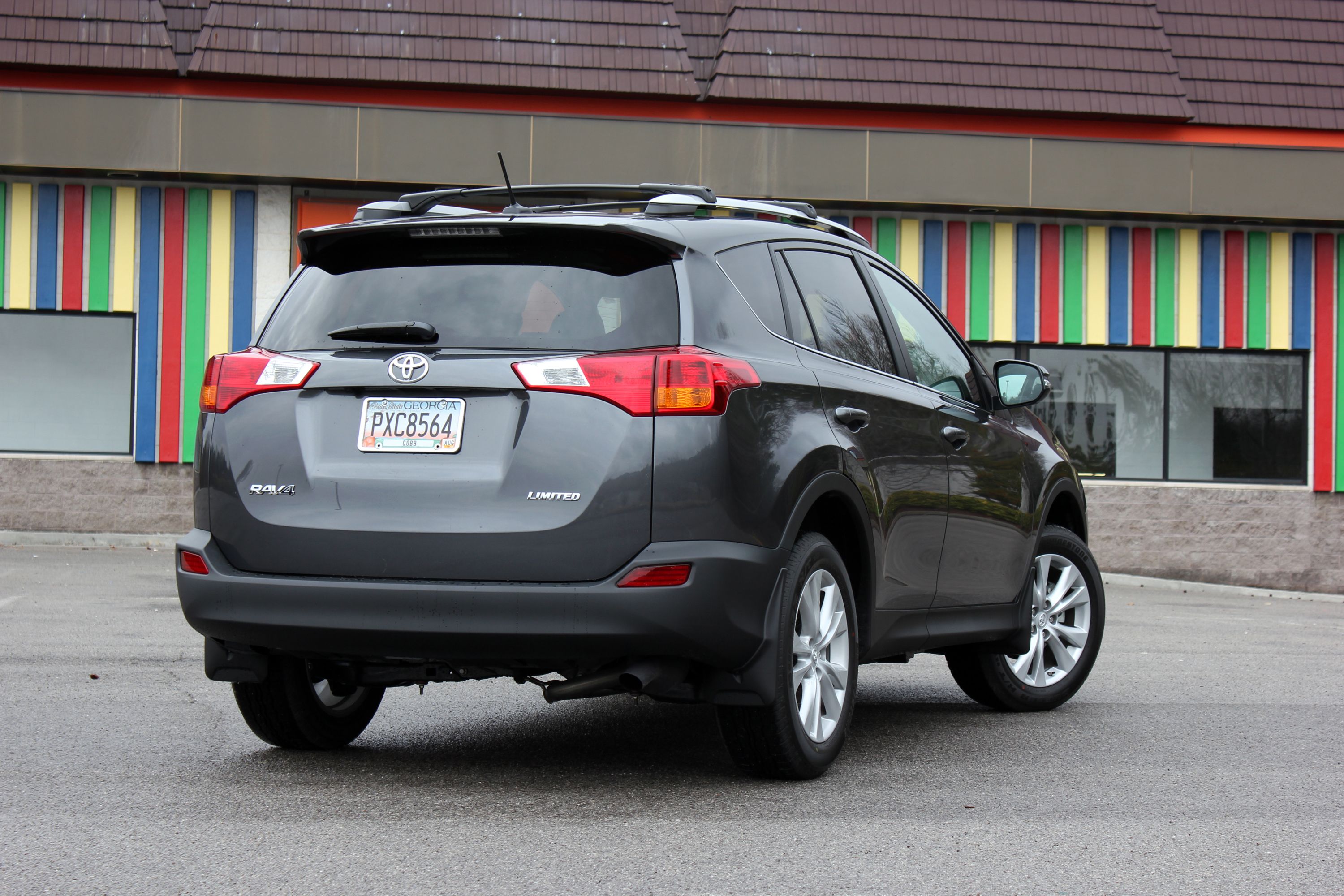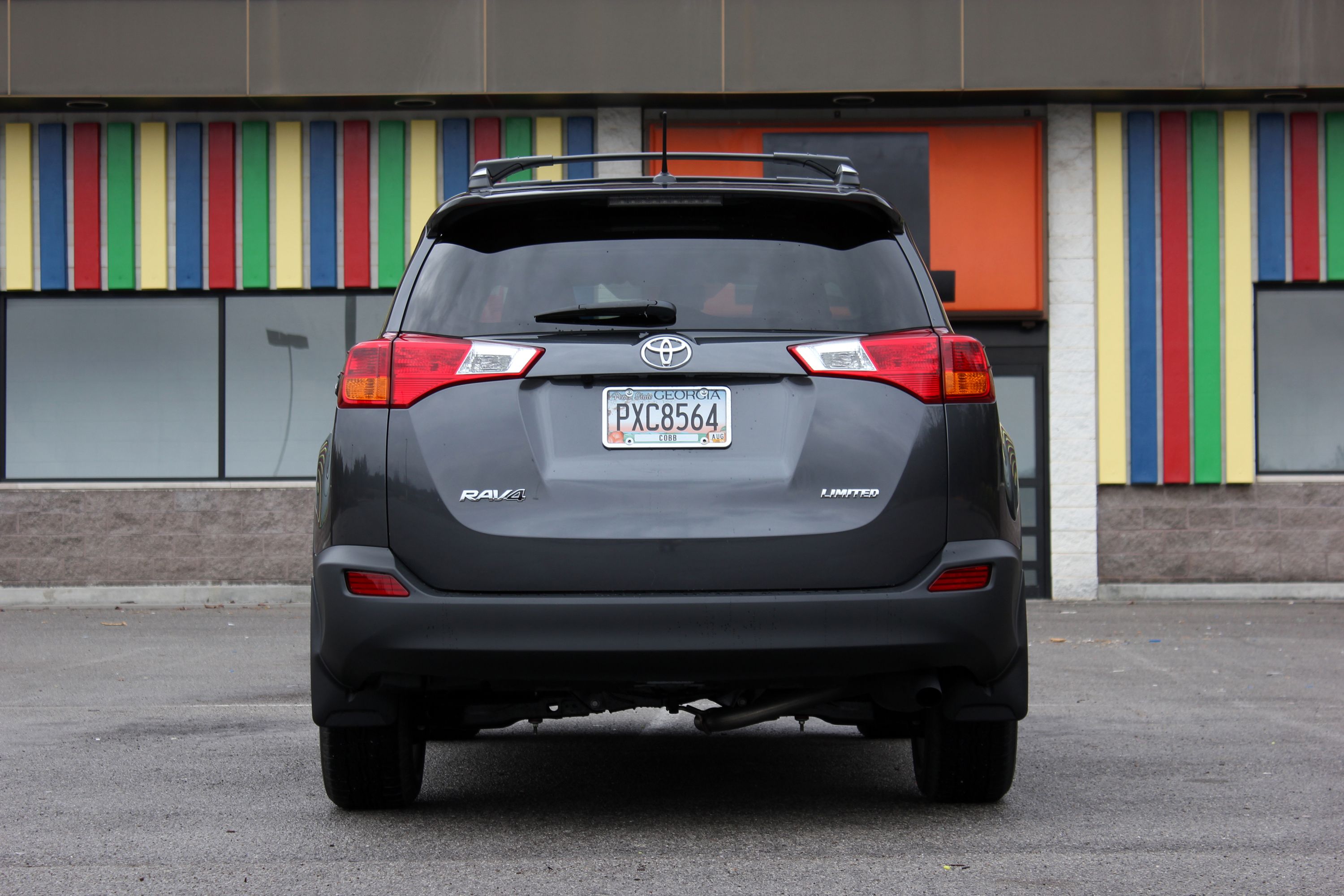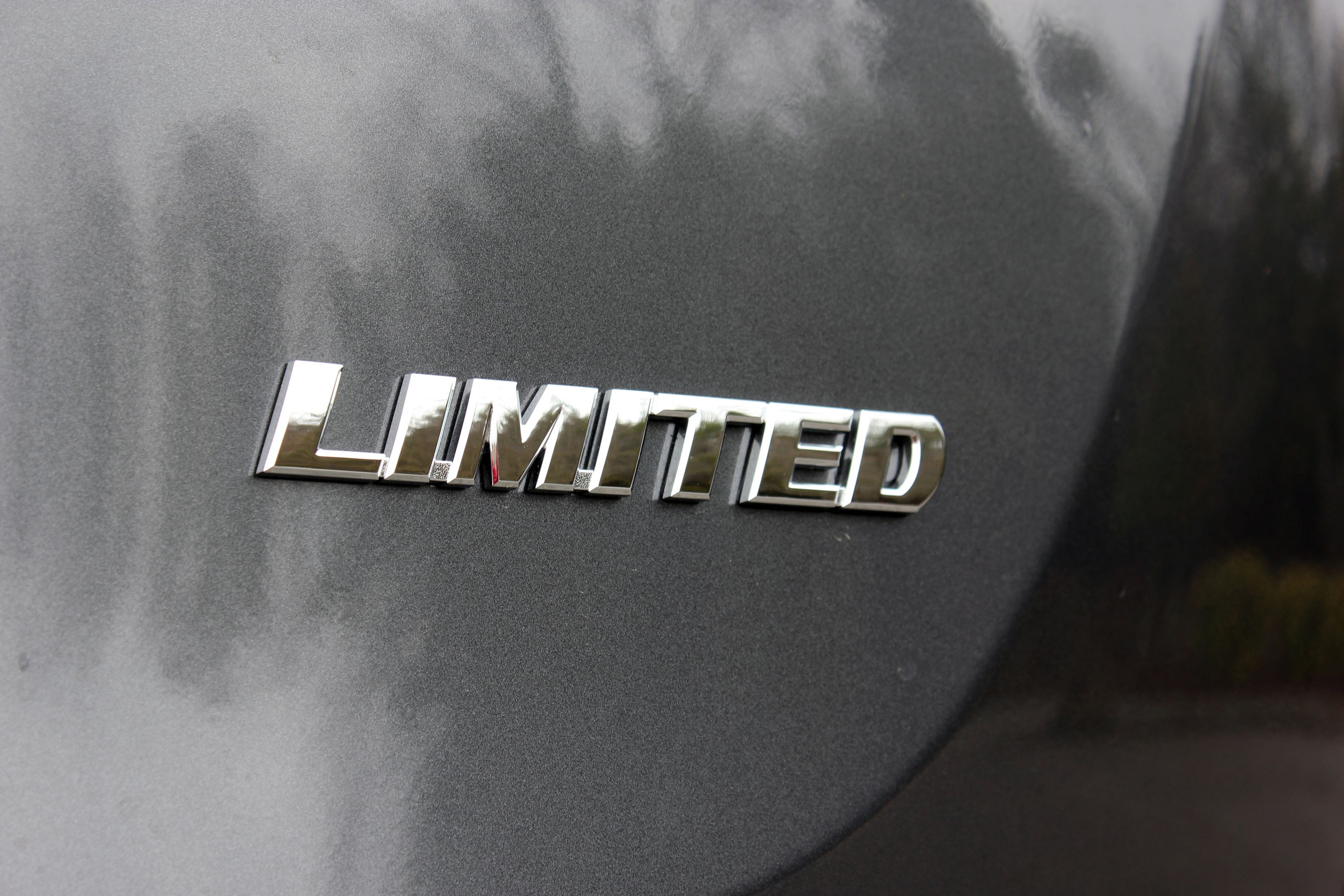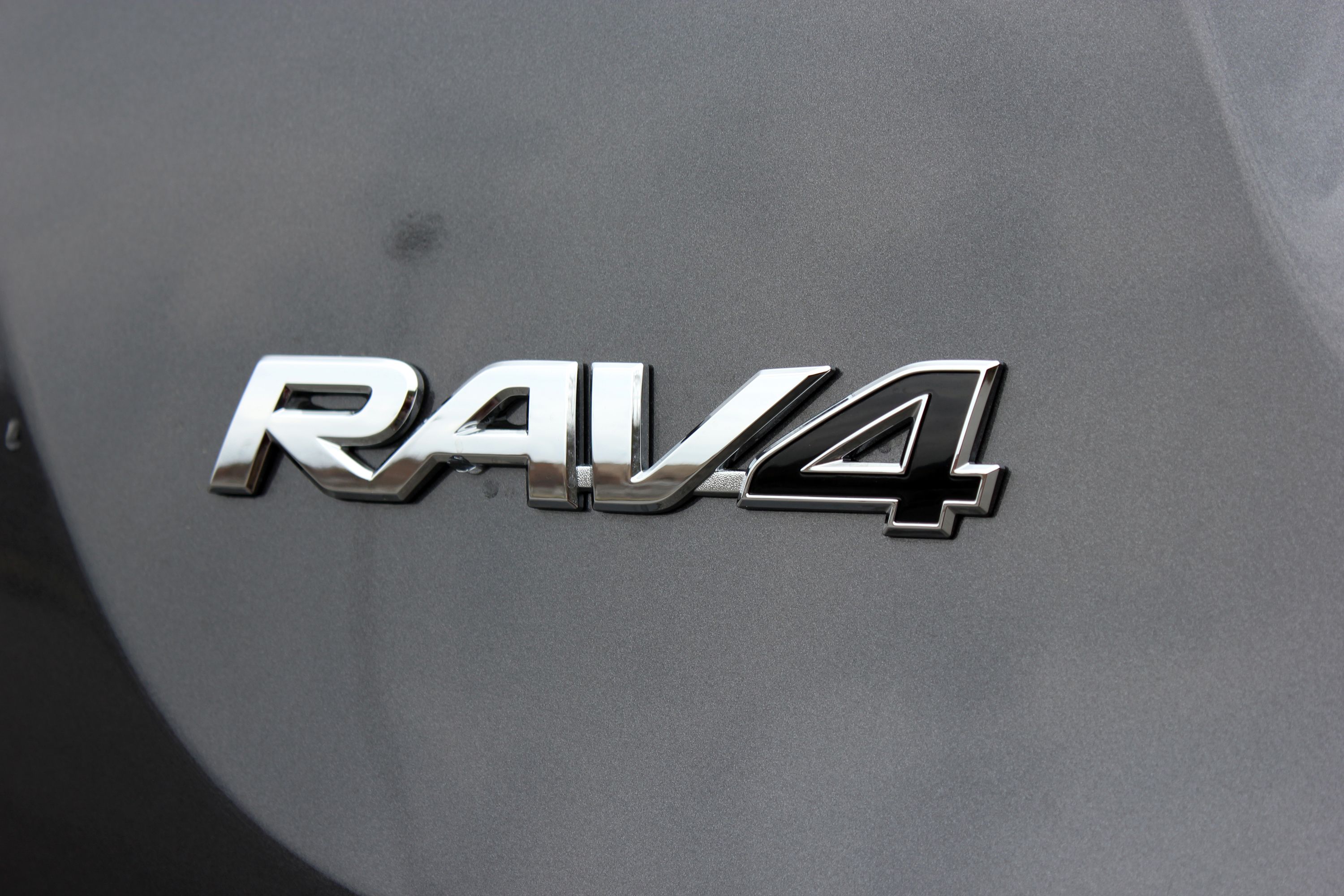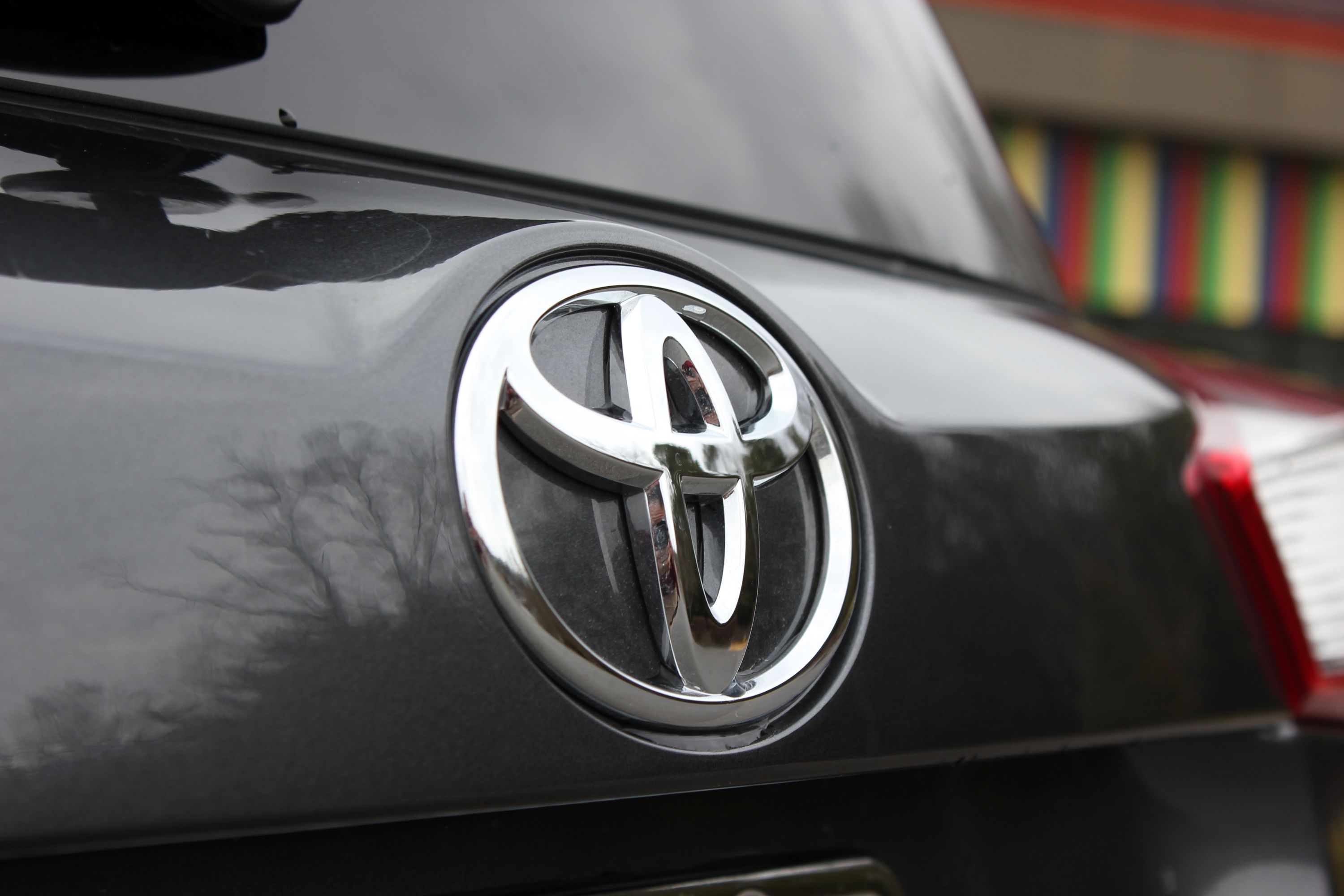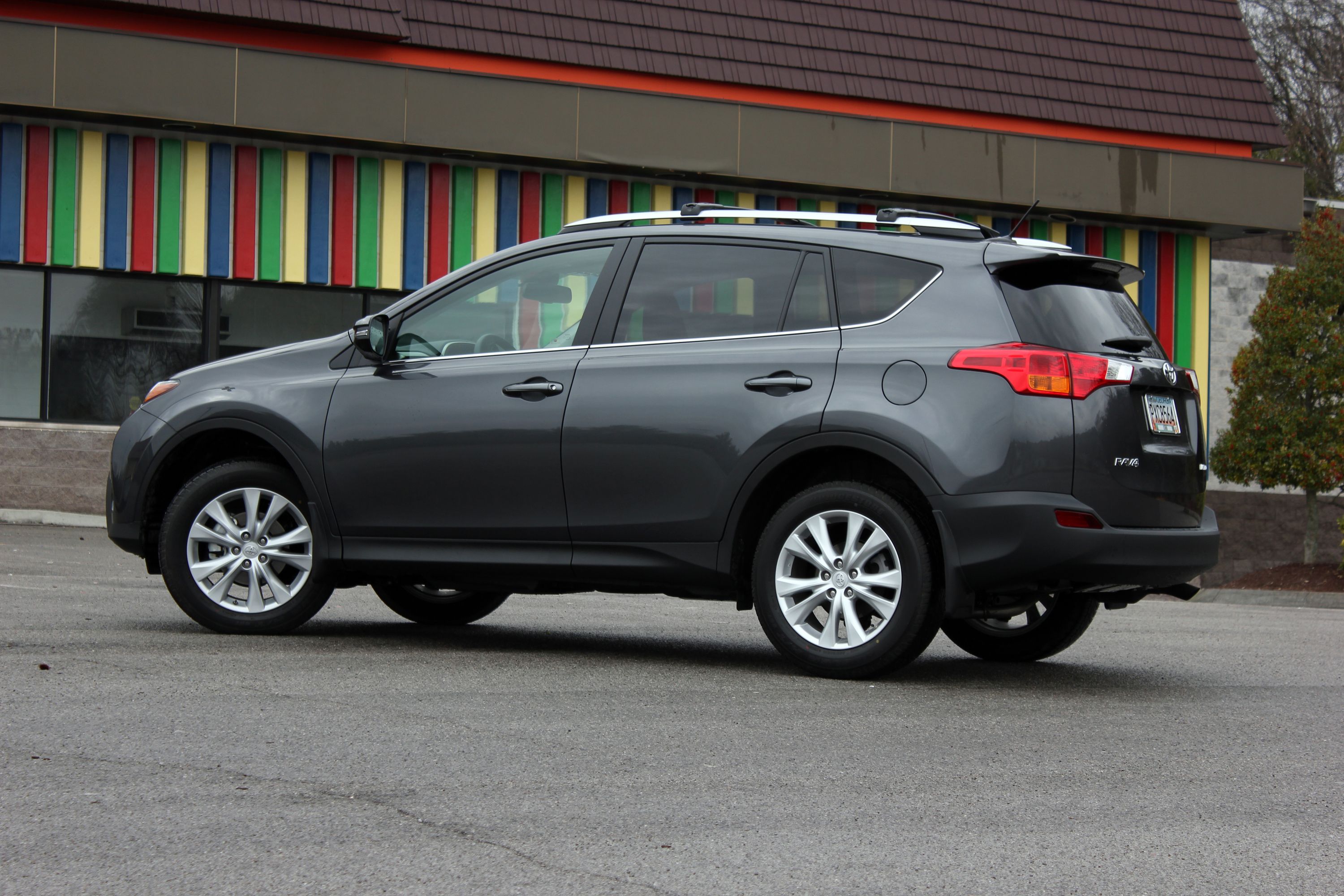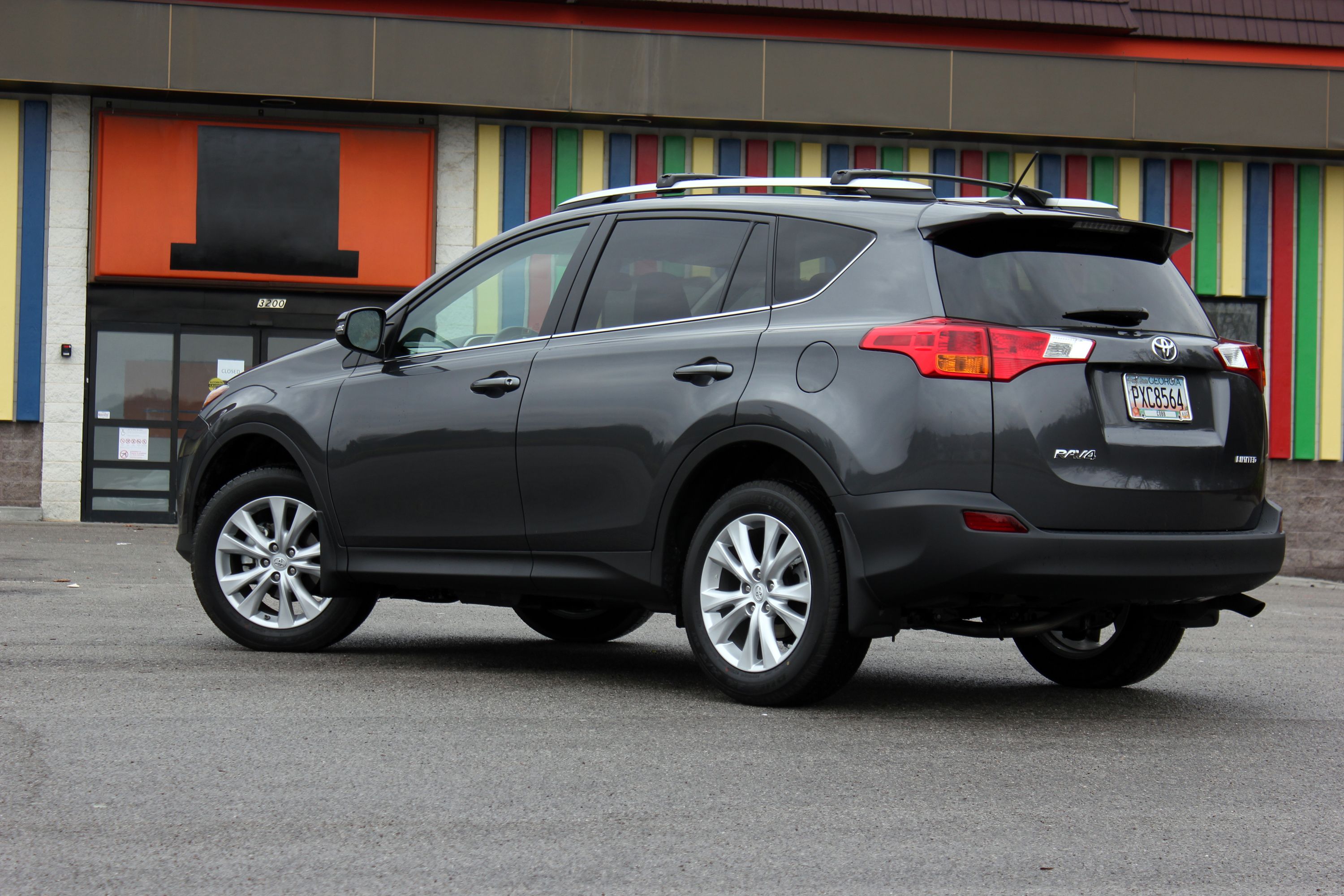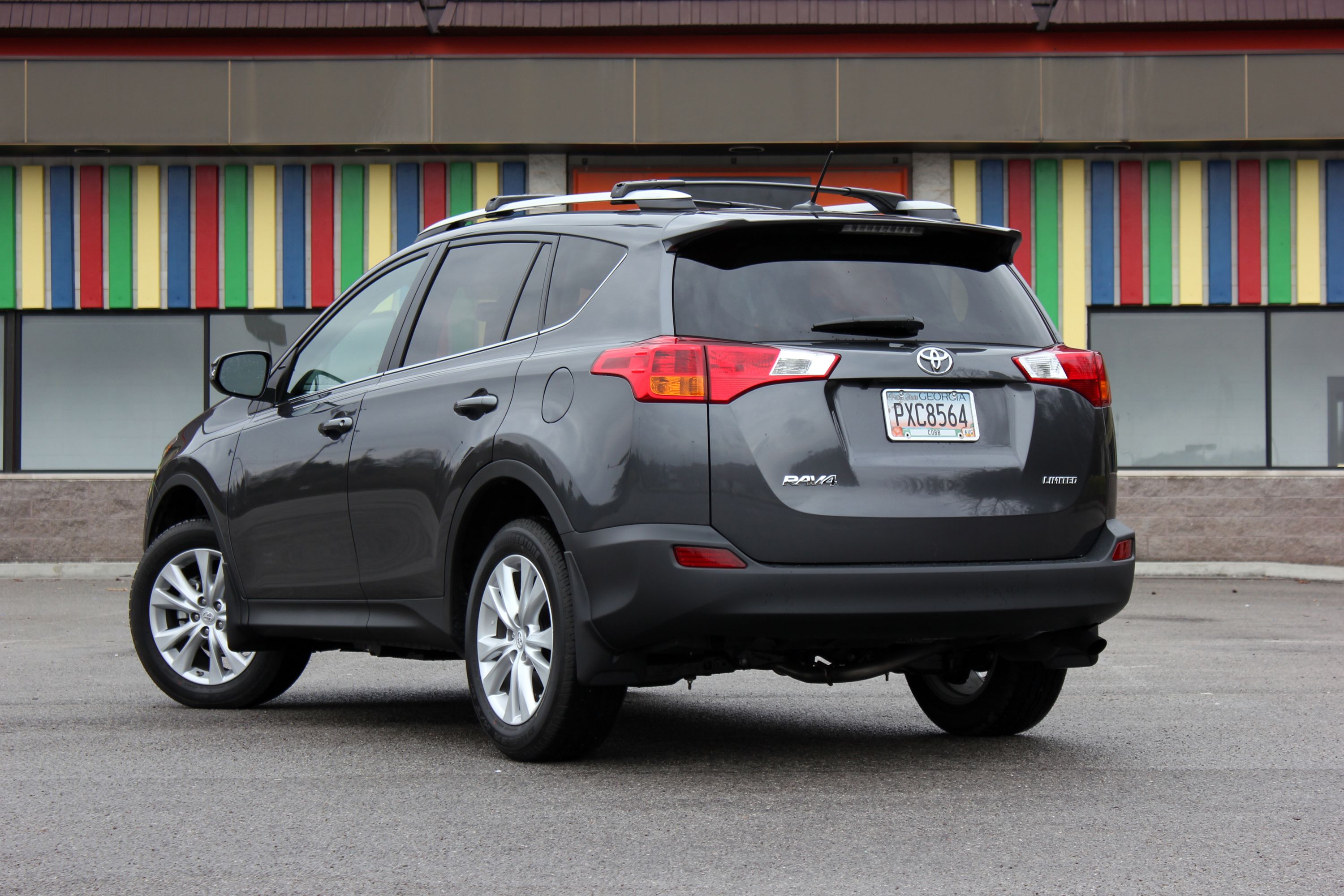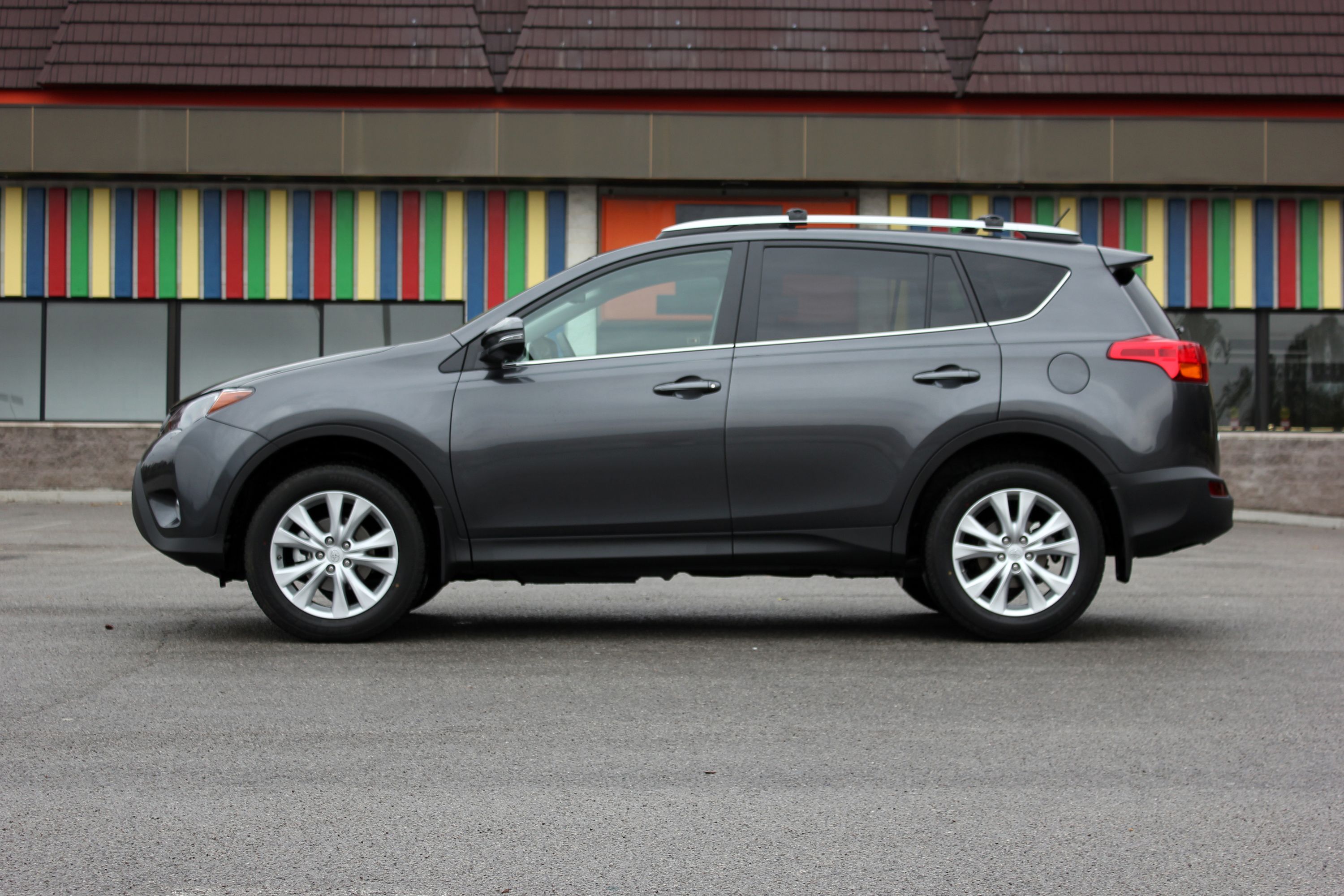The Toyota RAV4->ke370 is one of the oldest and most successful crossovers->ke288 on the market. It started sales way back in 1995, making this year the 20th anniversary of the nameplate. The RAV4 rolled into a new generation in 2014, which carries on into 2015 with very few changes. To celebrate the anniversary, Toyota->ke88 does offer a special Blizzard Pearl Premium Package that adds a new Blizzard Pearl paint and 18-inch alloy wheels with a two-tone color scheme. Sadly, my 2015 model didn’t come with the new paint color.
Since this is my second RAV4, and very little has changed over the model years, I decided to use this as a chance to really test some other aspects of the RAV4. My last model got great fuel economy, but I spent more time than average on the highway, and I didn’t use it to move too much cargo, nor did I attempt to take it off-road. This time around I put the RAV4 through much more rigorous testing to see how it really holds up under pressure.
toyota-rav4-driven
- Make: Array
- Model: toyota-rav4-driven
2015 Toyota RAV4 - Driven
- Make: Array
- Model: 2015 Toyota RAV4 - Driven
- Engine/Motor: inline-4
- Horsepower: 176
- Torque: 172
- Transmission: Six-Speed Auto
Exterior
The RAV4 looks the same outside as it did last year, and that is not exactly a bad thing. The pointed nose with chrome treatments on the grille looks handsome. This new beak makes the RAV4 look more like a car and less like a chunky off-road SUV. Considering its purpose as a road-going machine, I think the change is a welcome one.
The nose has been rounded and softened to make it look nicer and more modern, and the rear sticks to a classic blocky profile to maximize space. Toyota is chasing after style, but not at the cost of practicality.
It has been several months since I reviewed the 2014 model, but I still really enjoy the soft beltline that melts into the square shoulders created by the taillamps. It’s one of those subtle details that always seems to catch my attention. The last model I had wore red paint, but my latest tester arrived in a very attractive shade of gray.
The gray paint was nice as it stayed looking pretty clean even after a full week of thrashing around in the dirt.
Interior
The interior of the last RAV4 I had was a two-toned gray and black that was easy to clean thanks to its dark colors and faux leather. This new tester used the same “Softex” fake leather, but its color was black with an orange that Toyota refers to as Terra Cotta. The new color looked great, especially when matched to the dark exterior paint, but I found that it was much harder to clean. I was using the RAV4 to haul some slightly muddy farm equipment, and it just seemed like I had to rub the orange sections of seats much harder to get them clean.
Otherwise, I have little new to say about the cabin over last year's model. The dash still flexes under pressure, but everything looks very well put together, and the seats are very comfortable. Interior equipment still works well, and after the annoying touch panel of the Cadillac ATS I recently tested, it was nice to have real buttons and knobs to control the center stack.
Most of my time with the RAV4 this week was spent with the back seats folded. I am in the middle of moving, and having a large cargo area in the back was quite a blessing. I filled it with boxes, fish tanks, random lumber and building materials, several yard tools and instruments and even a bit of hay. As you can see from the photo, it wasn’t exactly clean when I got finished with it. Thankfully the back hatch is covered in hard plastics that resisted abrasions, and the carpet was much easier to clean than I expected. Just a few minutes with the car-wash vacuum and I had just about erased all traces of my use.
Loading things into the RAV4 is easy thanks to its low load height, but the achingly slow automatic lift gate makes every trip a test of patience.The little plastic flaps that bridge the gap between the seat back and the cargo area work great, but I found that after a few days of moving, a large collection of dirt and debris had begun to gather in that crevice. It wasn’t very hard to clean; just hold back the spring-loaded flaps and drop the vacuum in there, but it is an area buyers should pay attention to.
Drivetrain
Powering the RAV4 is Toyota’s long-standing, 2.5-liter four-cylinder engine. It makes 176 horsepower and 172 pound-feet of torque. Our tester sends all that power to the front wheels through a six-speed automatic transmission. This is enough grunt for a 60 mph sprint in the range of nine seconds. It’s not quick, but it isn’t really slow either. Fuel economy is rated at 24 mpg city and 31 mpg highway. With the last RAV4, I spend most of my time on the highway and I saw close to 30. This time I had a nice mix of slow-speed, city and highway driving, and I saw a much lower number. My overall average with the car was just under 24. Not exactly great, but I will concede the colder weather and the cargo I was continuously hauling had some effect, but I still expected better. Making this number even worse is the fact that Mark managed to get 24.8 in his AWD-equipped tester.
Price
A base RAV4 carries a sticker of $23,680, but our upper-tier Limited model carried the price of $28,450. Options on this car include an upgraded stereo with navigation for $785, a tech package that adds safety features like blind-spot monitoring for $725 and some cross bars for the roof rack that rang in at $315. I also had a $499 remote-start option, a $129 mudguard kit, an interior lighting package that rang up at $185, and finally some all-season rubber floor mats for $325. Add all that up with the $885 destination charge and the final sticker is $32,298. I don’t think that’s a terrible price for all the equipment and space you get.
Driving Impressions
Driving the RAV4 on the road is a pretty normal experience. Like most Toyotas, the RAV4 is competent in all areas of driving, but it doesn't excel. Acceleration, braking and handling are only on par. For the majority of buyers, that is enough. It is comfortable and easy to drive, and all the features operate as expected. It’s exactly like the last RAV4 I drove, but the brakes on this one felt a little better.
It’s when you take the RAV4 off the beaten path that things get tricky. I understand that the RAV4, especially in FWD trim, is not meant to be an off-road bomber, but its performance was nothing less than poor. Due to the move, it was easier to drive the RAV4 through the yard to get closer to a larger door for getting things into the new house. On multiple occasions, the RAV4 got stuck just trundling around the grass behind my house. The land is fairly flat and level, and there was minimal moisture on the ground. Still, the front tires refused to hook up and just churned the grass into the mud.
I was discussing this experience with Mark, and he said he had no issues with his AWD model. He even found a bit of sand to play in and said he could feel the AWD system activate and drag the car out. It never once felt like it was going to be stuck.
From the inside, the RAV4 is just as nice as the last model I tested. Controls are situated in easy reach, the cabin is quiet at cruising speed, and the stereo sounds good enough for all your favorite tunes. It is a very solid crossover for the daily commute. I just wish it didn’t get stuck in my back yard so many times.
Competitors
Mazda CX-5
When it comes to affordable crossovers, the Mazda CX-5 is about as close to a sports car as you can get. Like everything that Mazda makes, the CX-5 is designed to increase the feel and sensation of driving. "Skyactiv" technology is used to keep the weight down, and the available manual transmission adds that extra dash of driver engagement. Mazda offers a pair of engines in the CX-5: a 2.0-liter, four-cylinder with 155 horsepower, and a 2.5-liter engine with 186 horsepower. Sadly, the manual transmission is only offered with the smaller engine.
In regards to size, the CX-5 is nearly identical to the RAV4 on the exterior, but Mazda uses a longer wheelbase to help improve handling, and it should help give the CX-5 slightly better interior space for passengers. From a pricing perspective, the CX-5 is cheaper at base prices, but it comes with less equipment. If you start speccing them to similar levels, the price difference evens out.
What it comes down to is looks and performance. If you want a crossover that is more fun to drive and looks a little angry, the Mazda is the choice. If all you want a comfy tool to haul people and things, the RAV4 is a fine option.
Chevy Equinox
The Chevrolet Equinox is a relatively new player to the crossover game, but it has been making waves and taking customers since it debuted. It is one of the more powerful cars in the segment, with its base 2.4-liter engine making 182 horsepower, but Chevy also offers a 301-horsepower V-6 for better performance and towing ability. Fuel economy is very good as well, with a 32 mpg highway rating for the four-cylinder.
Chevy just announced a new model is arriving for next year, with updated looks, better interior quality and more standard equipment. We don’t have pricing, but currently the Equinox runs slightly cheaper than a similarly equipped RAV4, and I expect that trend to continue.
The Equinox is a sales success in the market, and this updated model will only help to bring in more buyers. The RAV4 is a great machine, but with less standard horsepower, less standard fuel economy and a slightly higher price tag. I think buyers will have a hard choice when faced with the Equinox.
Conclusion
The RAV4 is a competent machine for anyone looking for a spacious five-passenger crossover. The pricing is competitive, the trunk is huge, and it’s easy to clean out when you get it messy. That said, the fuel economy this time was more disappointing than I expected, and it was easily flummoxed by soft grass in my back yard. Considering the small cost increase, the improved performance and negligible drop in fuel economy, I think the only RAV4 worth buying is the AWD model. This is a great machine that can do many things, but the addition of two more driven wheels makes it safer and more capable. It’s hard to beat that combination.
There are lots of great competitors in the market, but I can see how the RAV4 has managed to survive for 20 years. Hopefully Toyota doesn’t stop improving this legendary nameplate, as new machines from Chevy, Honda and others are always looking to take sales away from the Japanese stalwart. Again, just make sure you buy the AWD model. You’ll thank me later.

